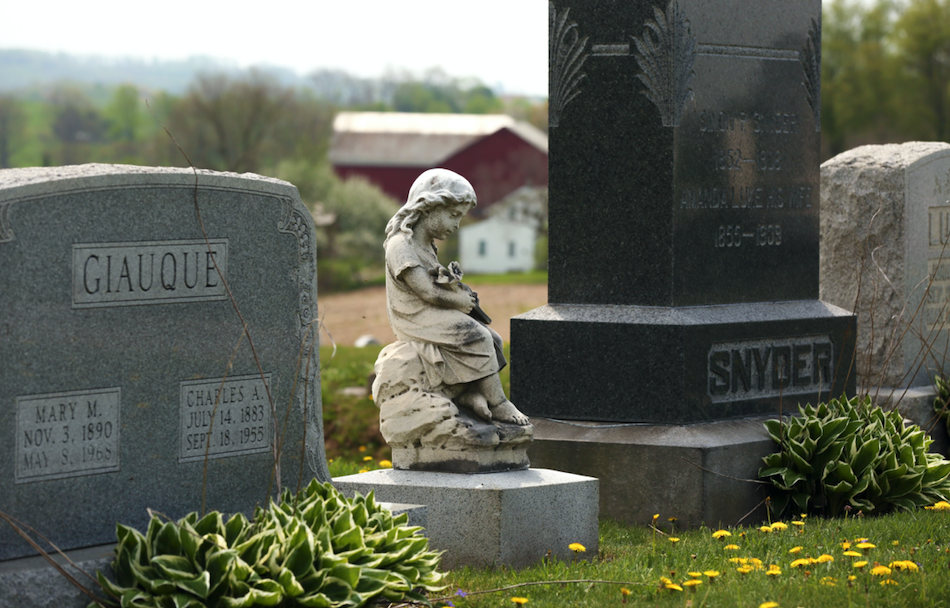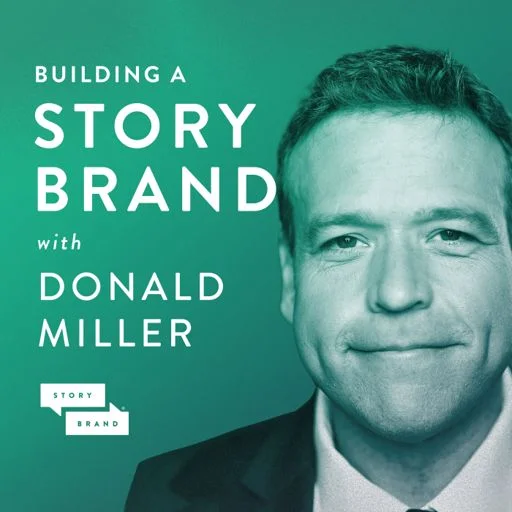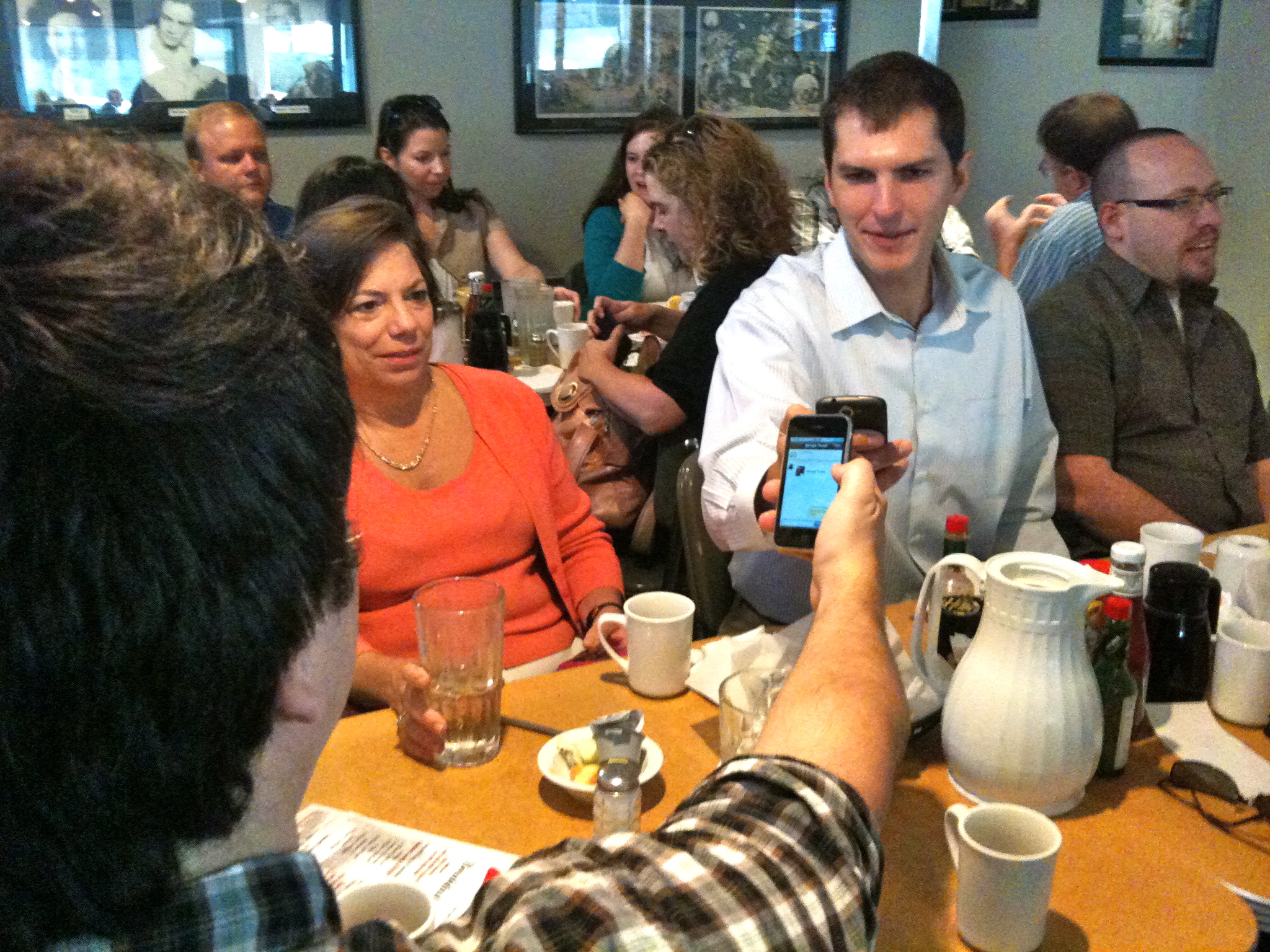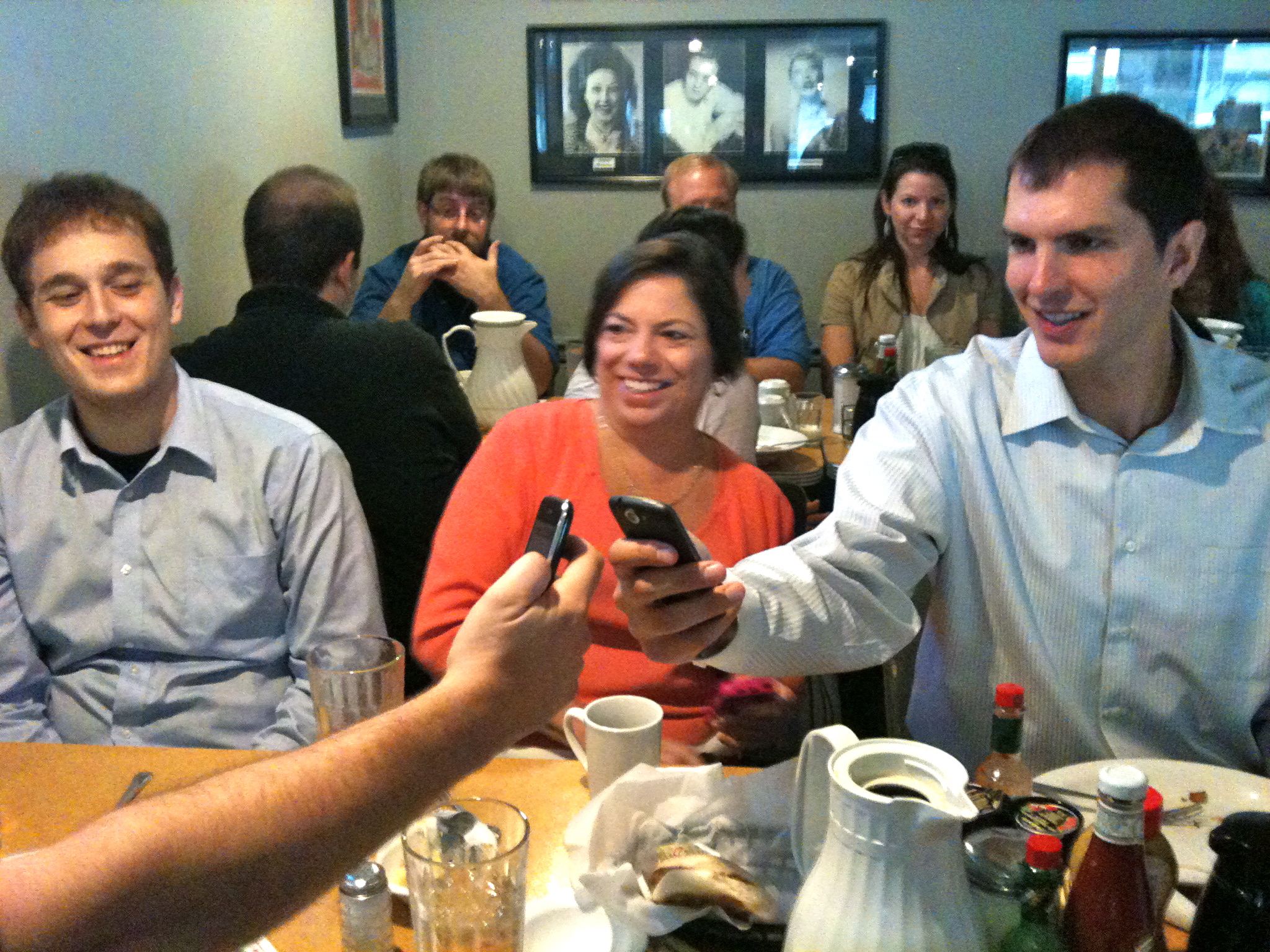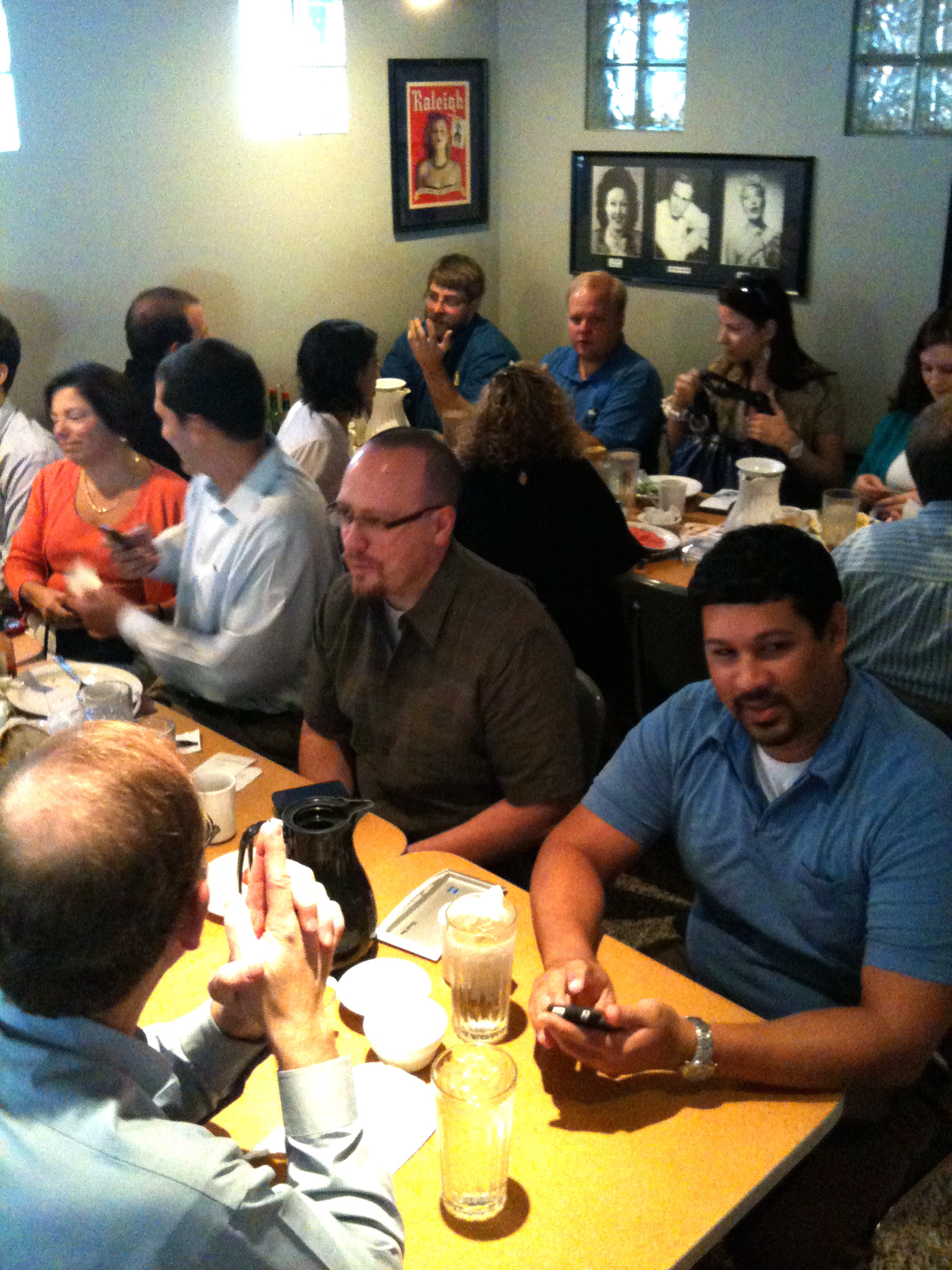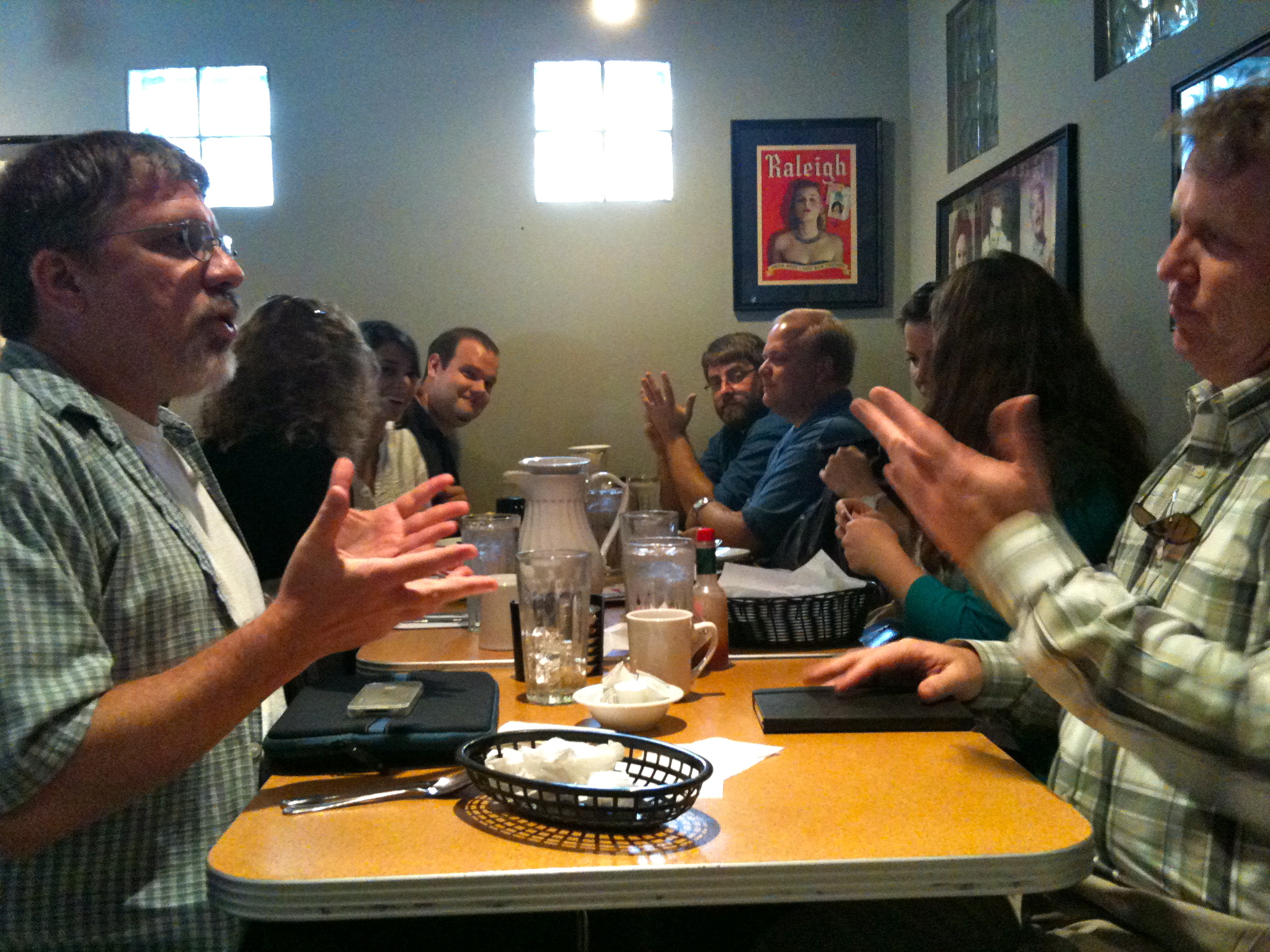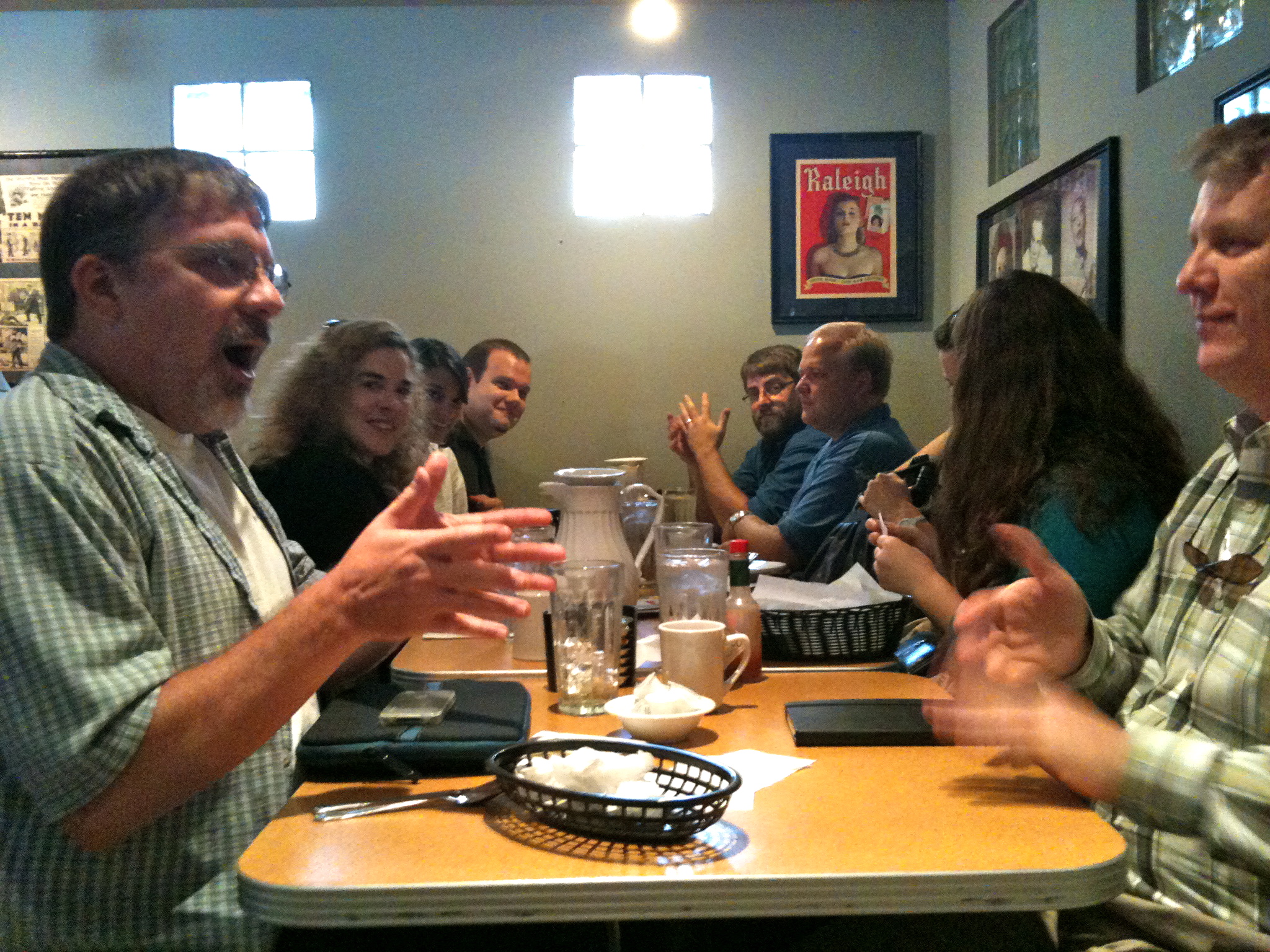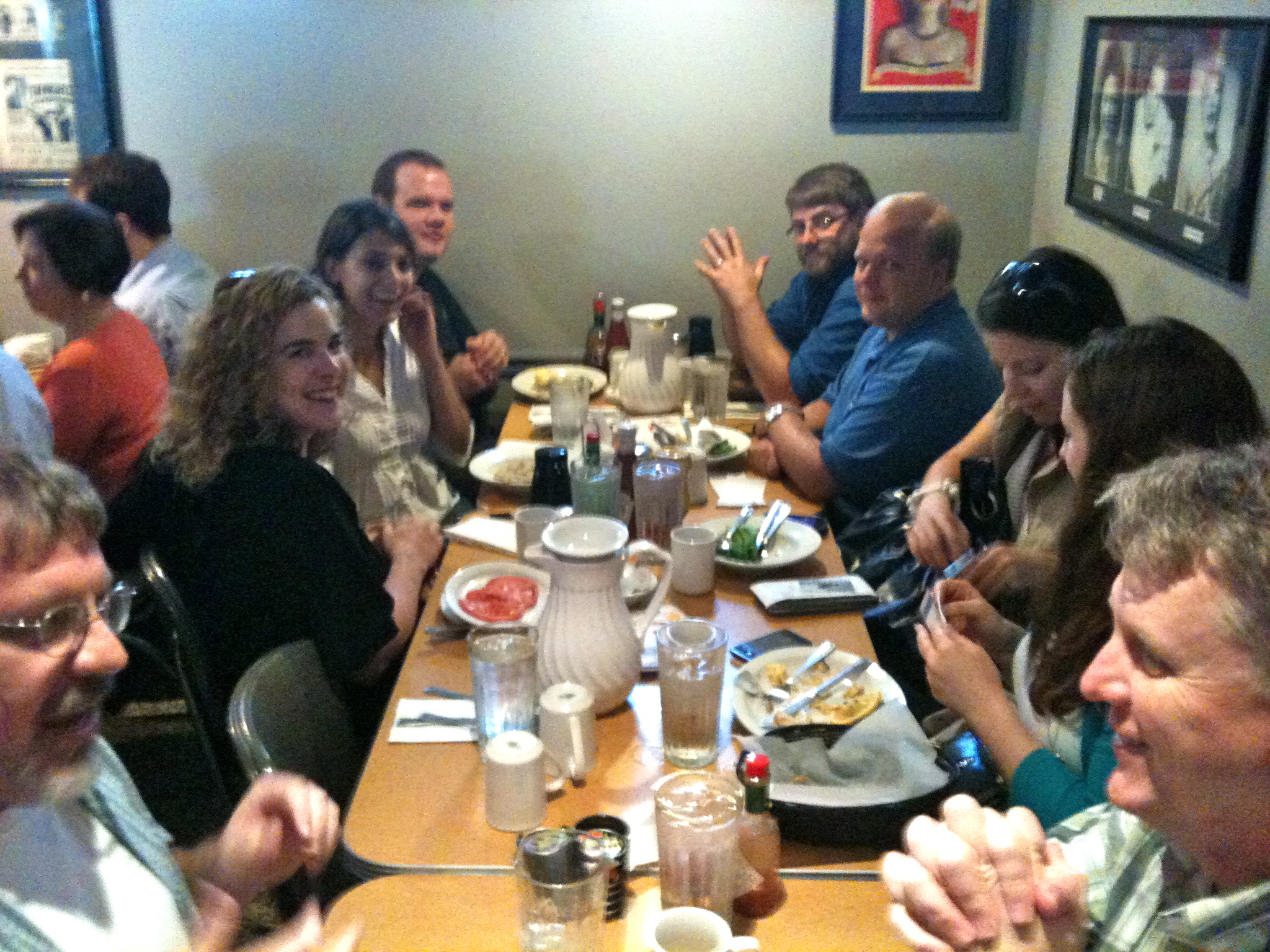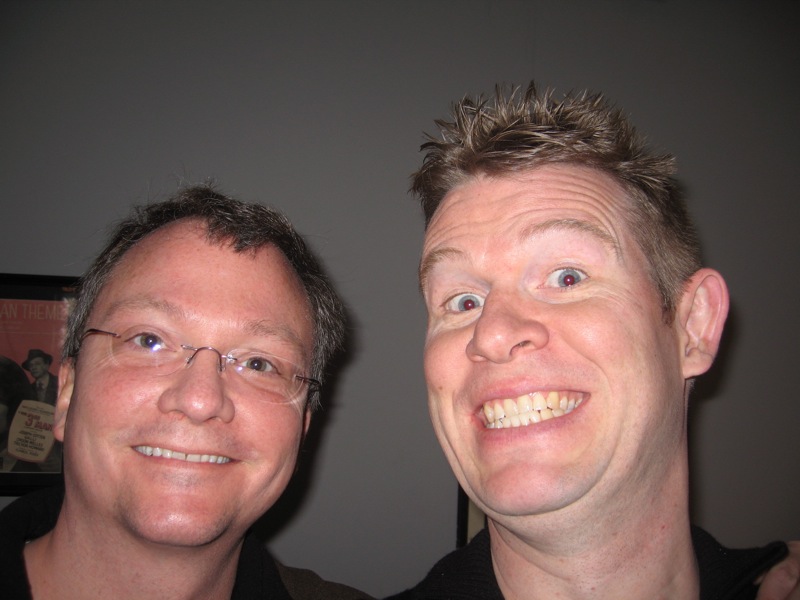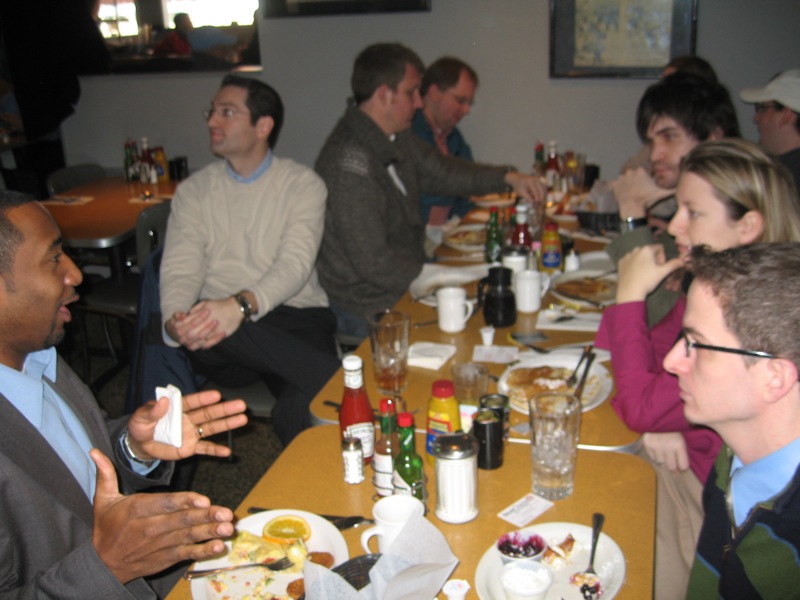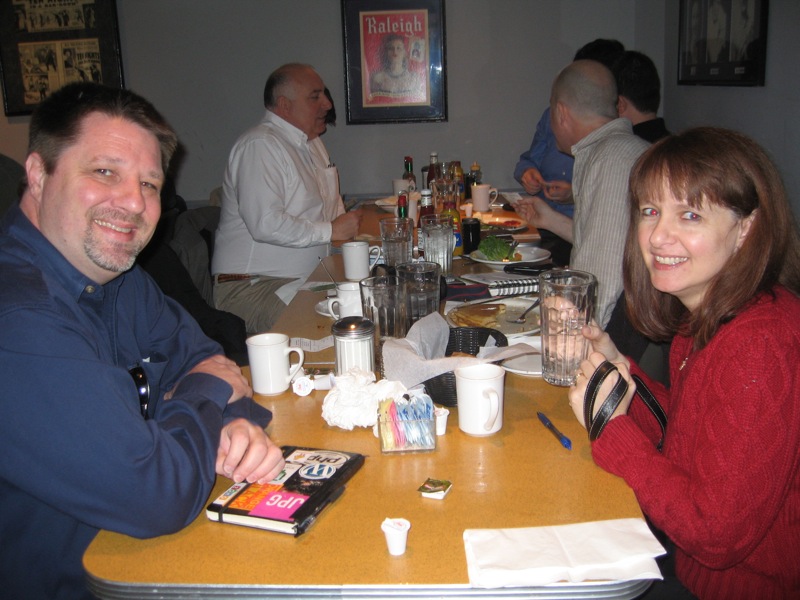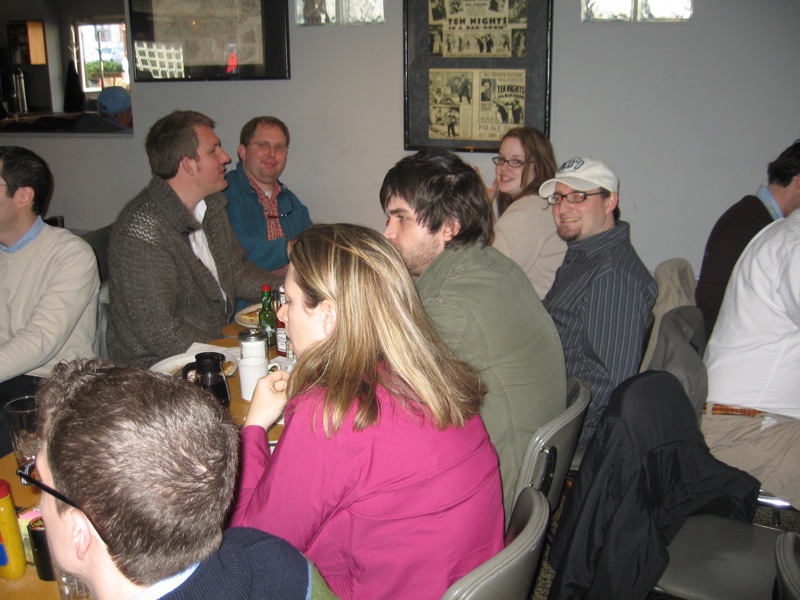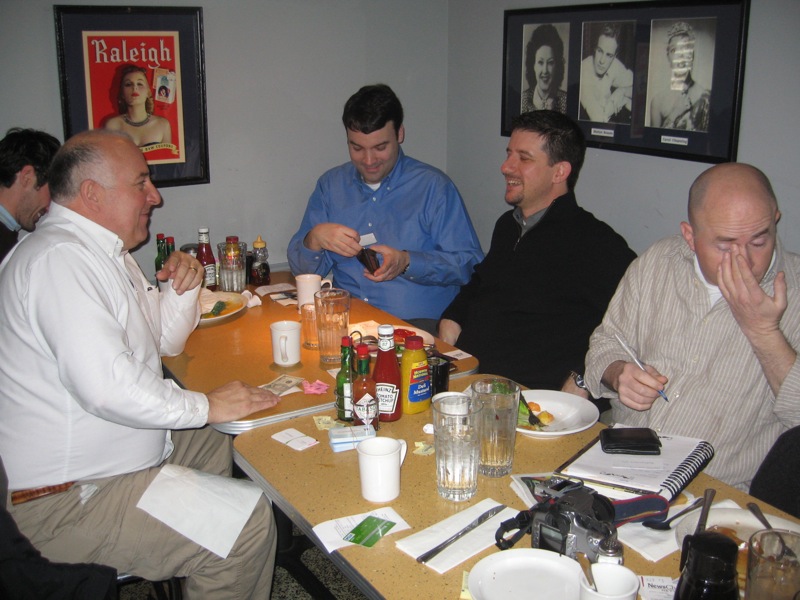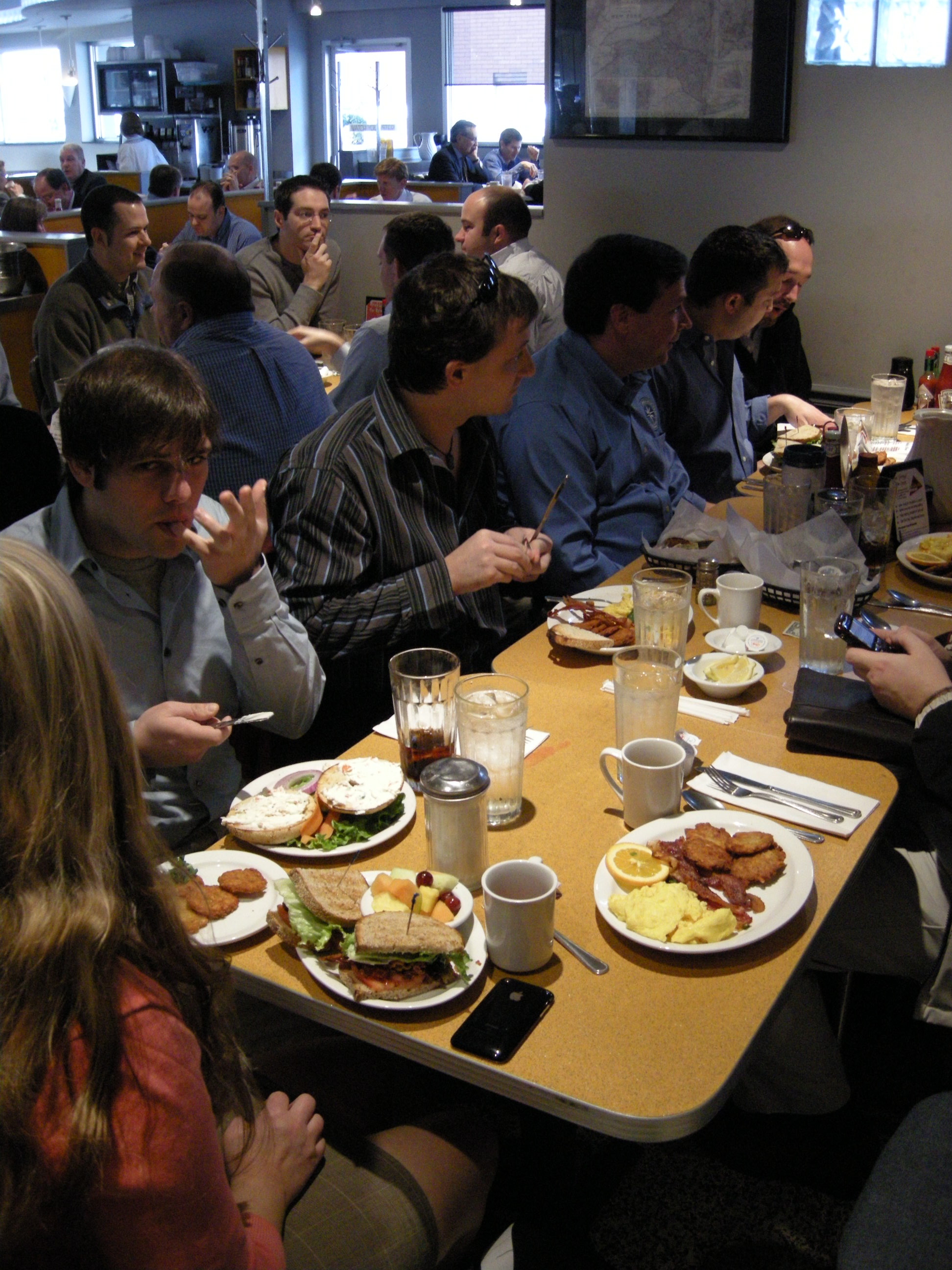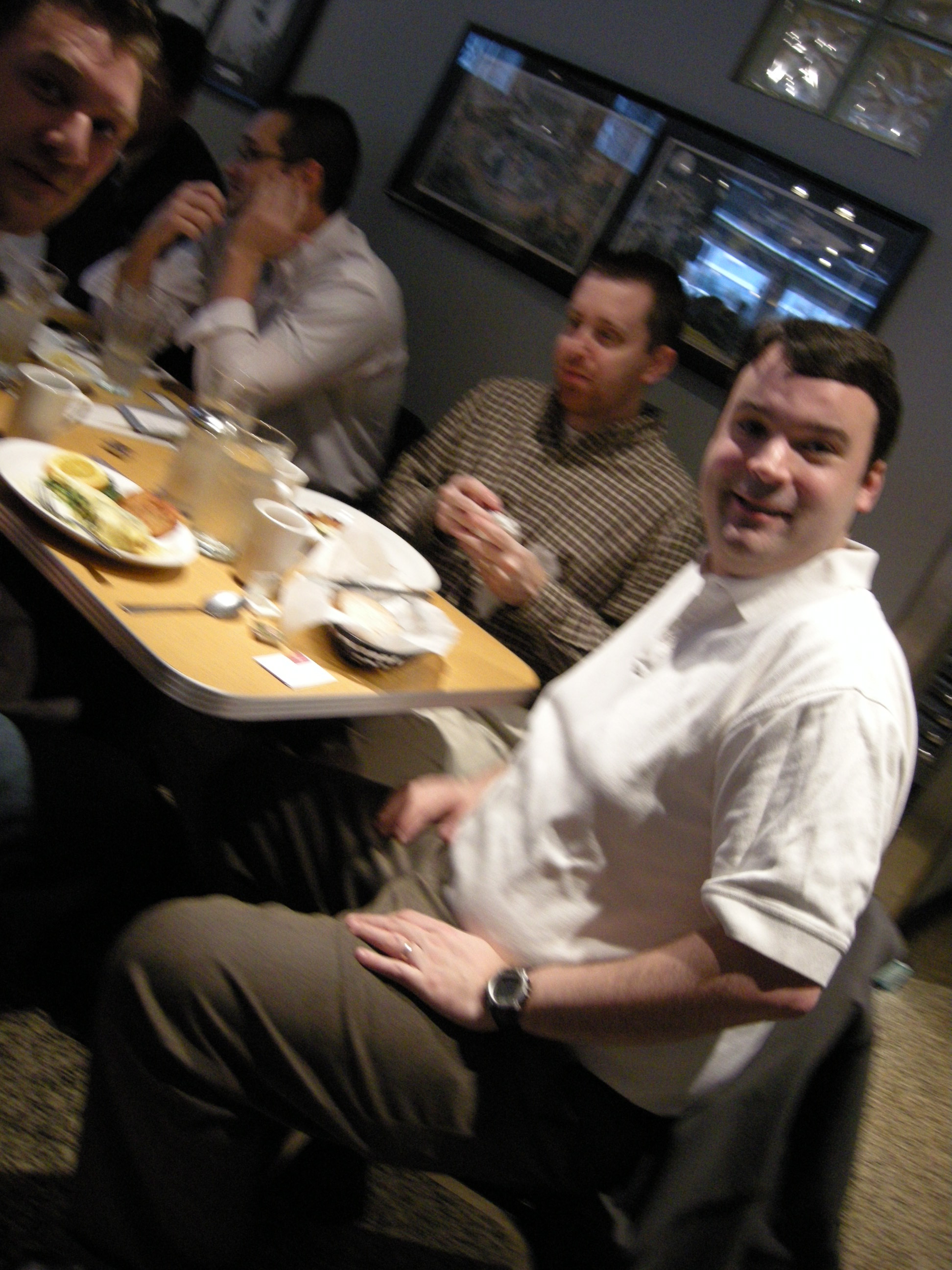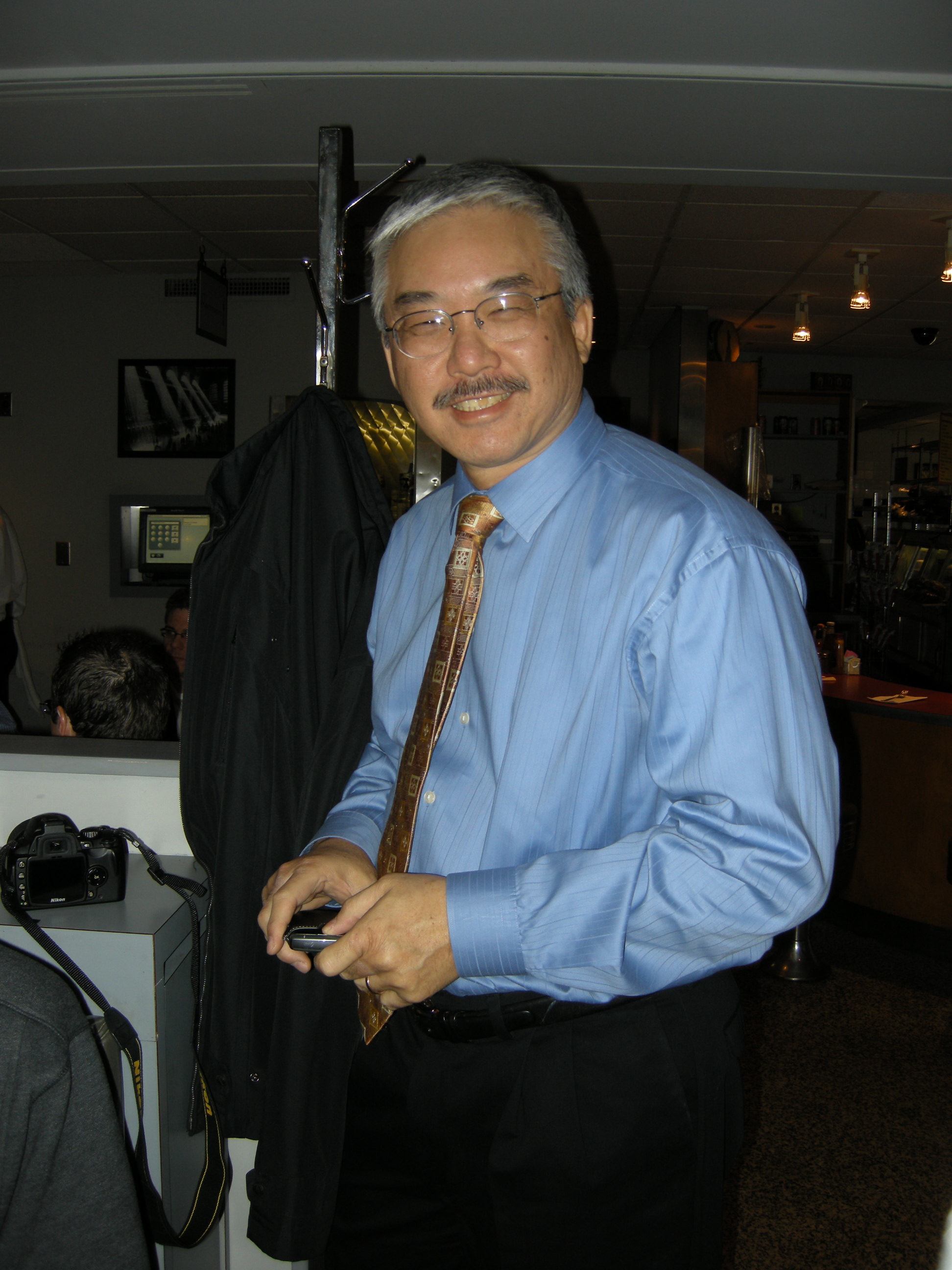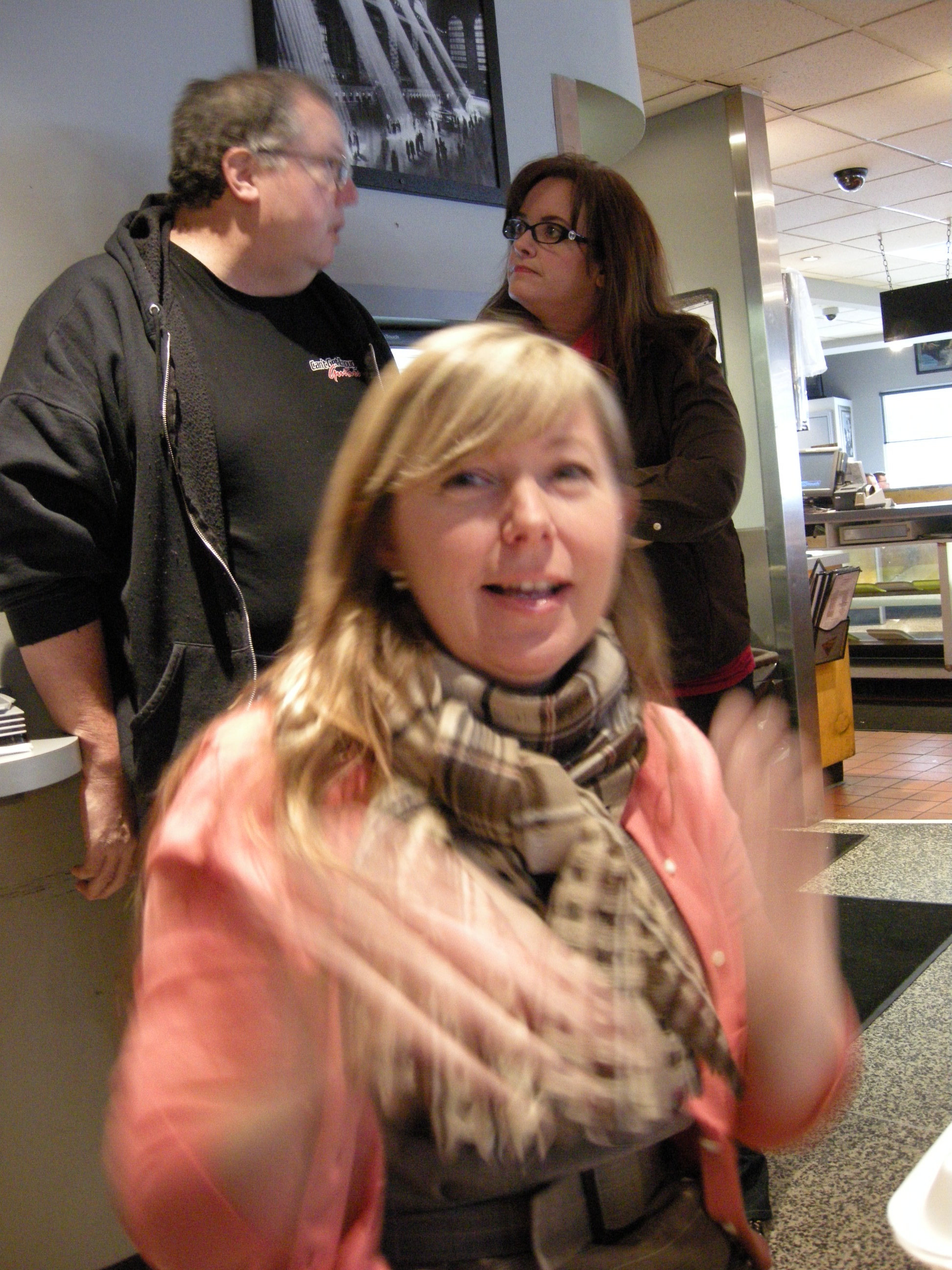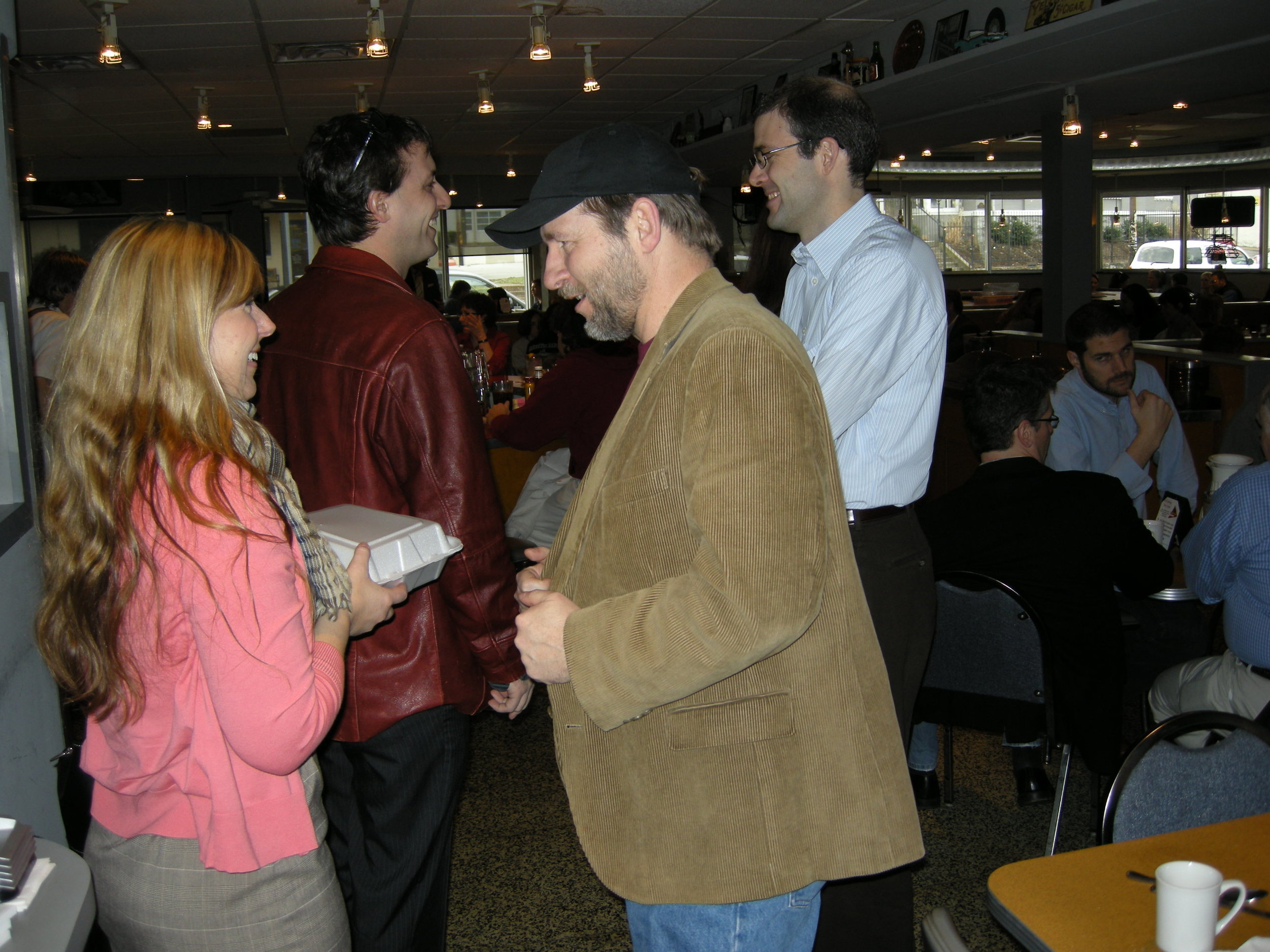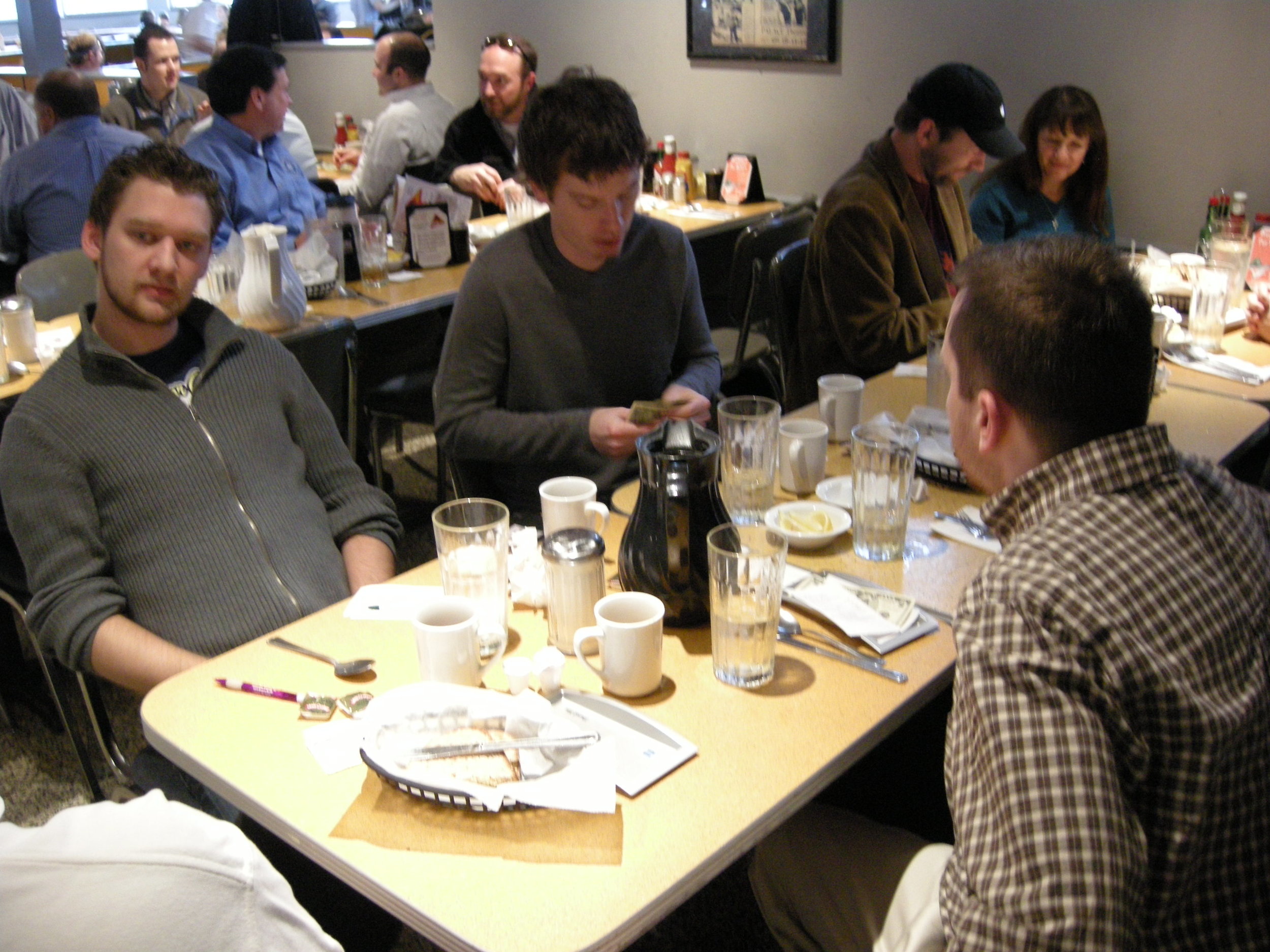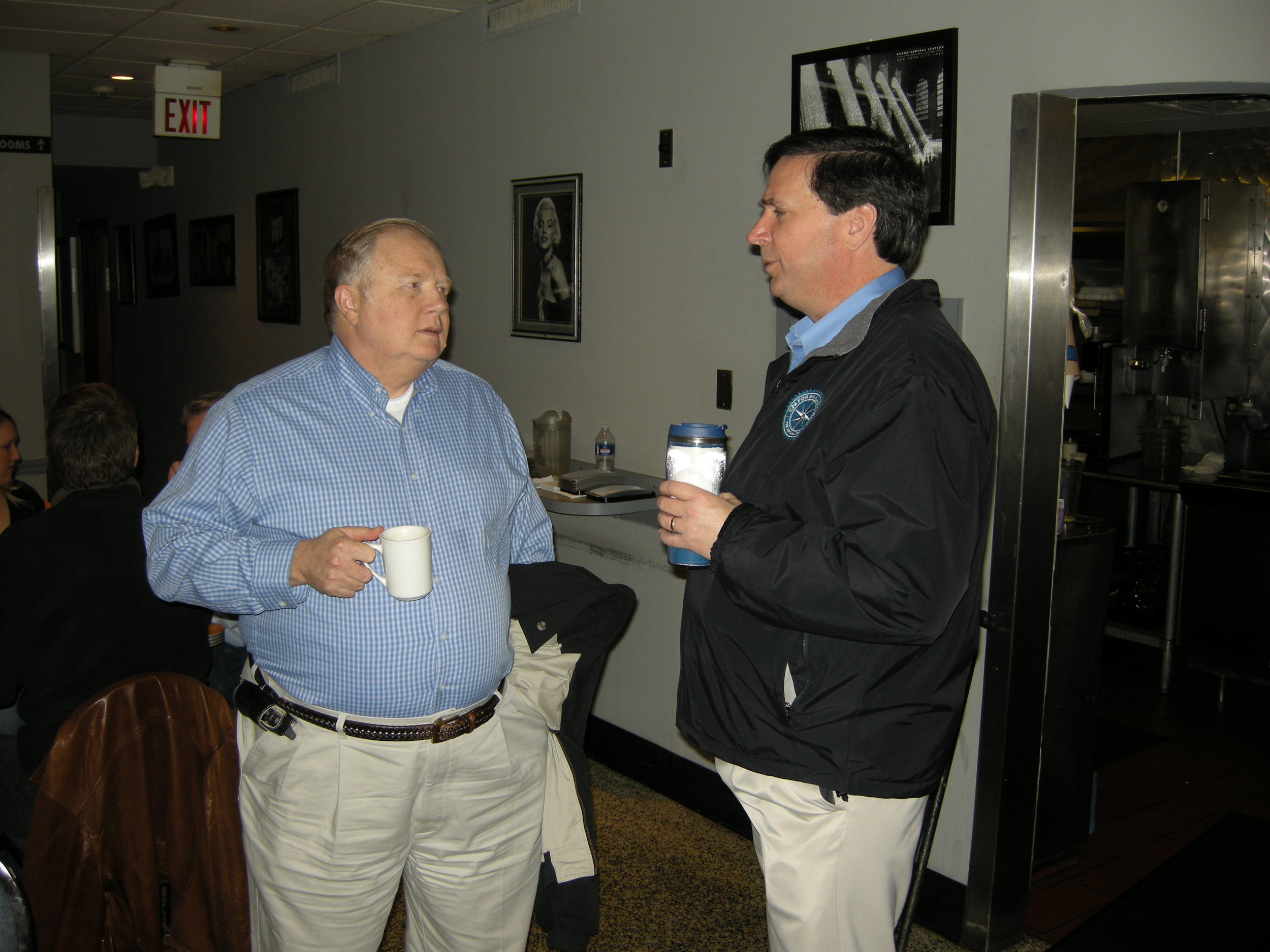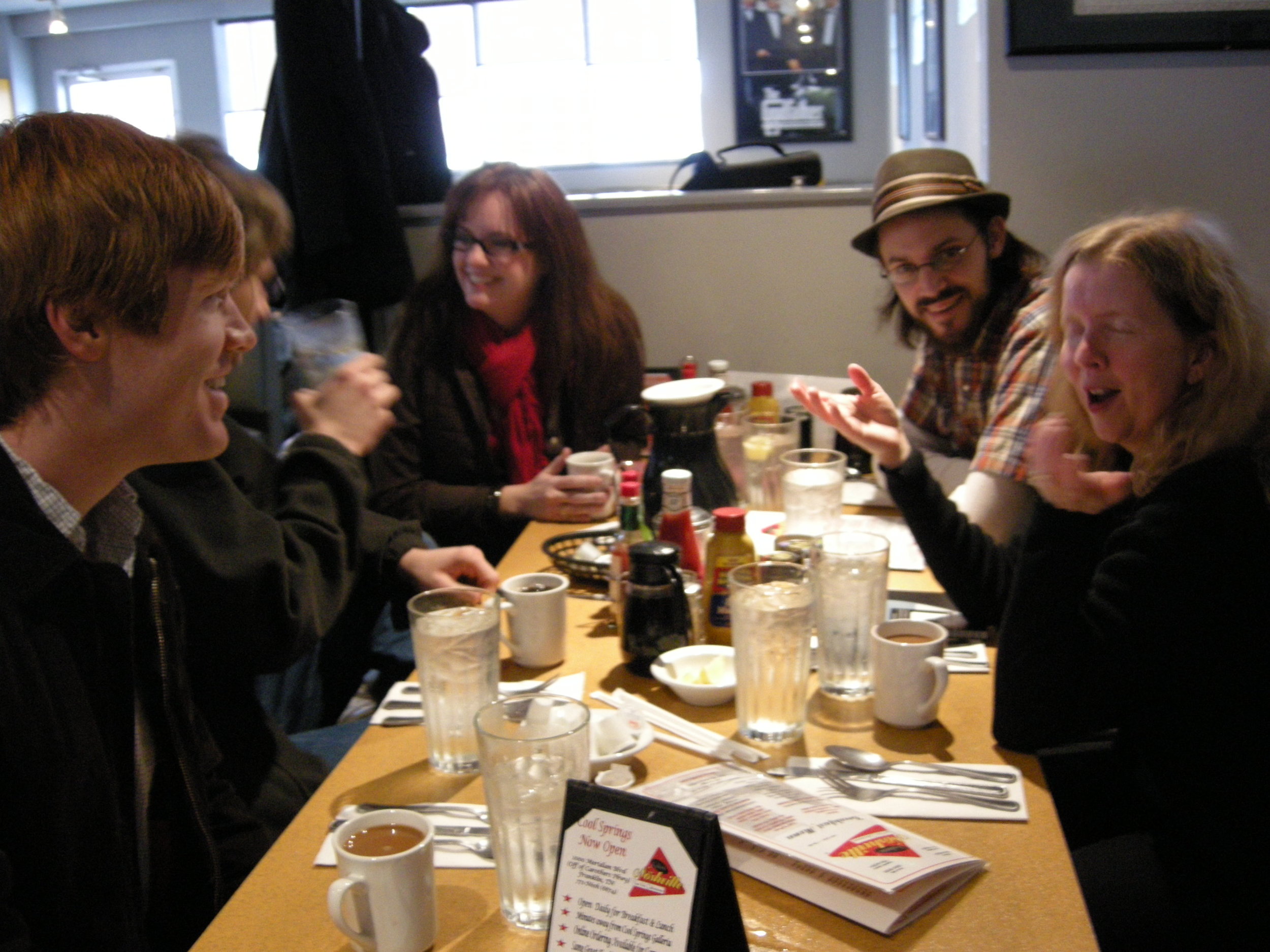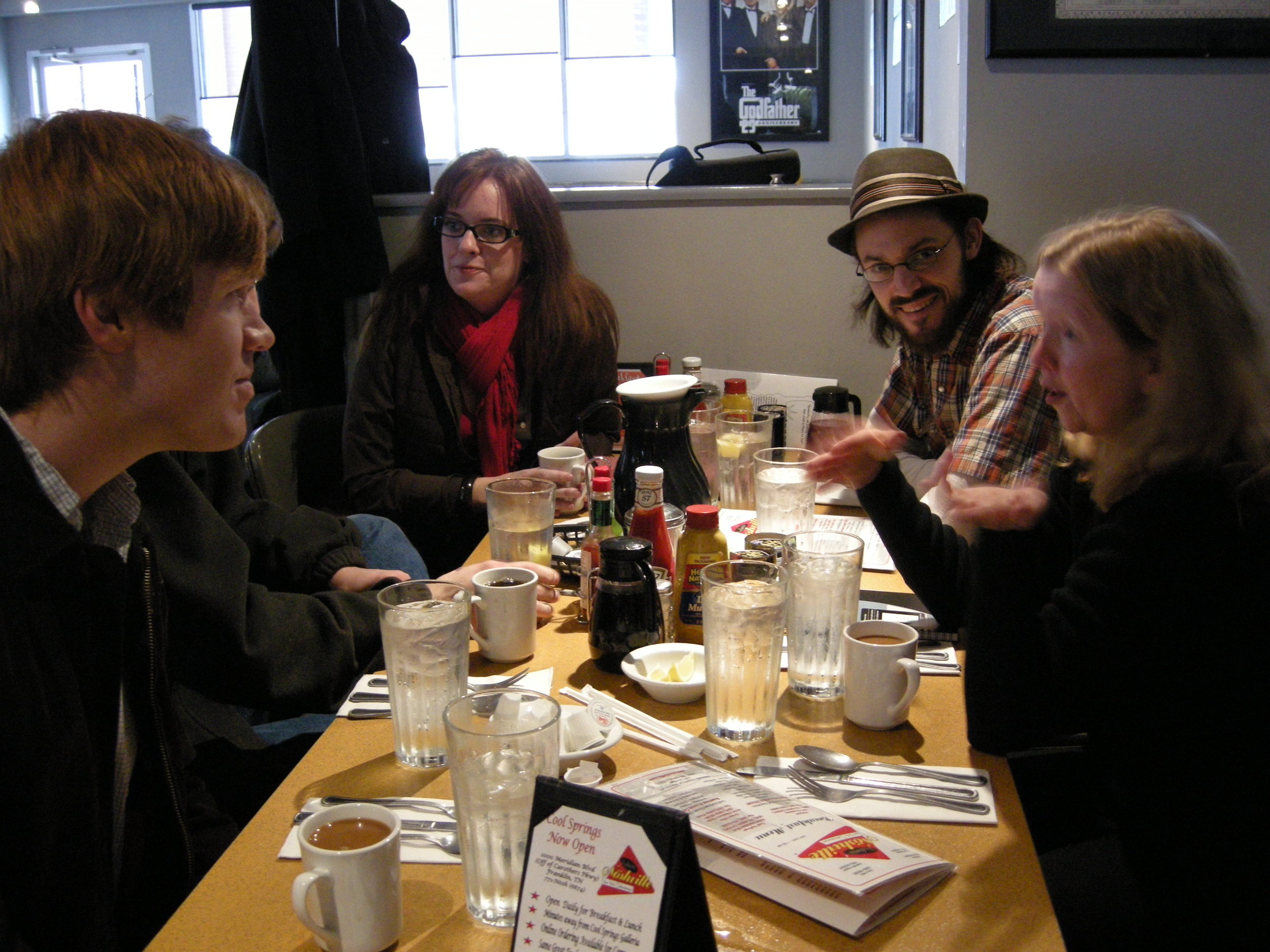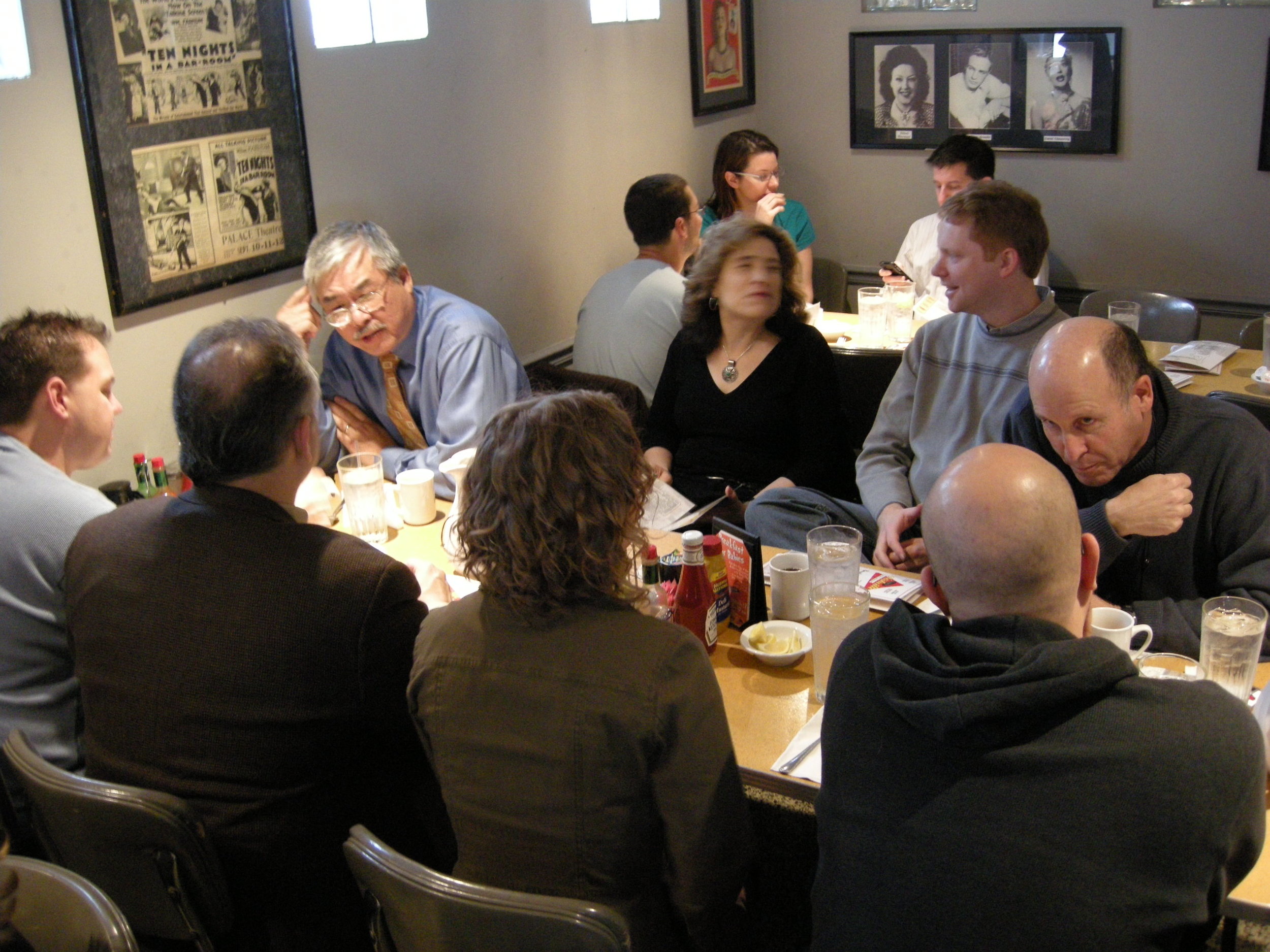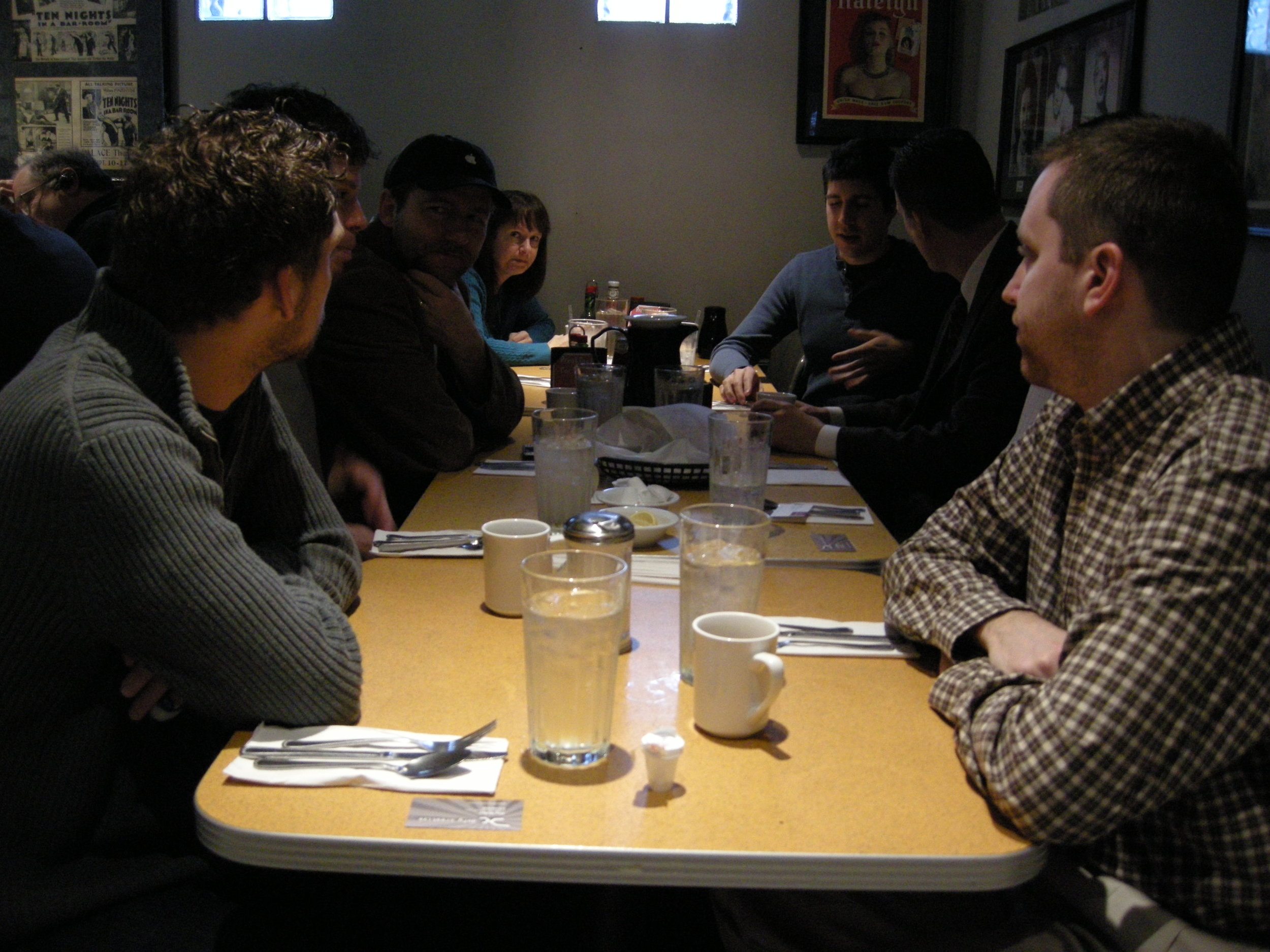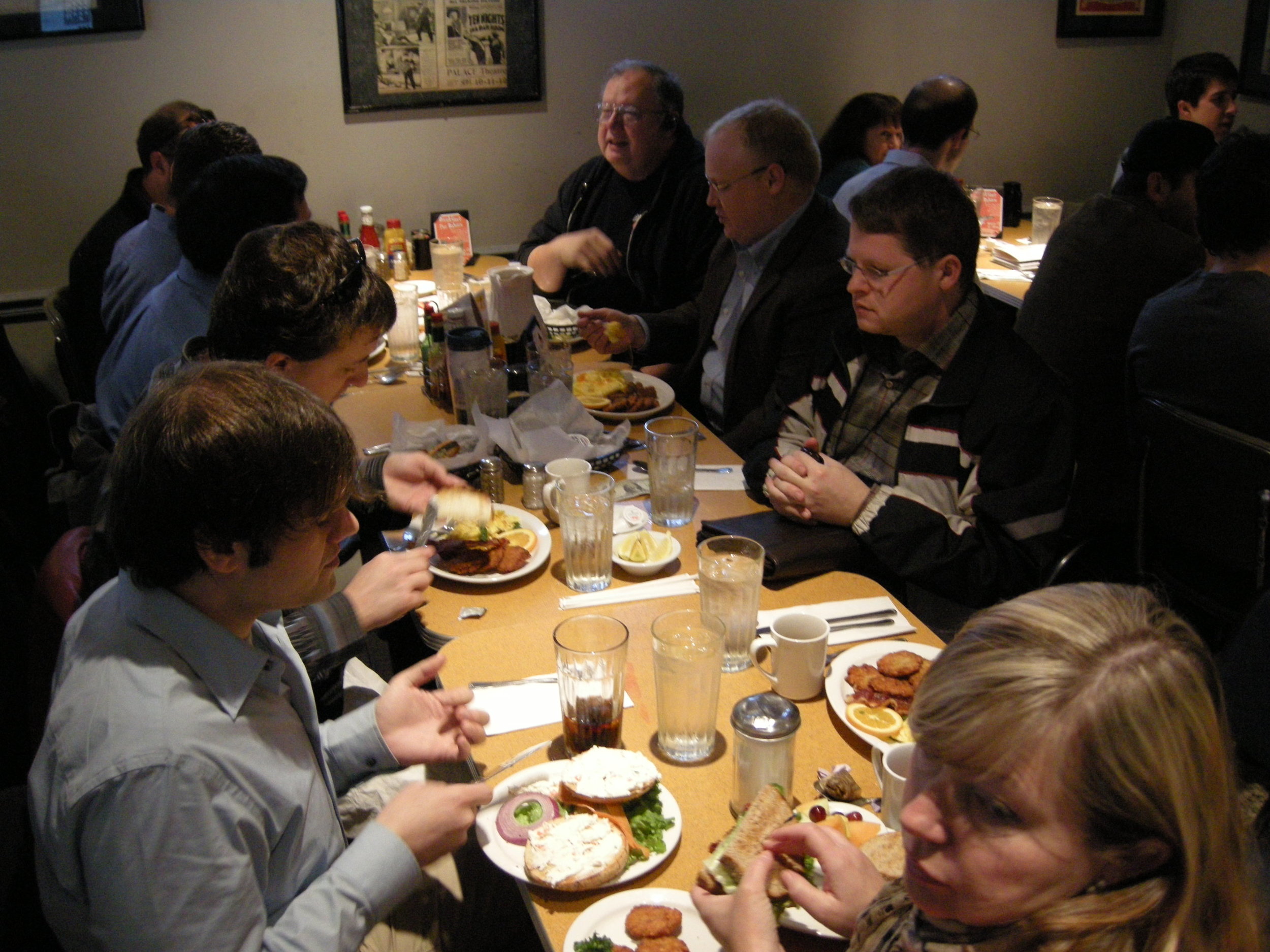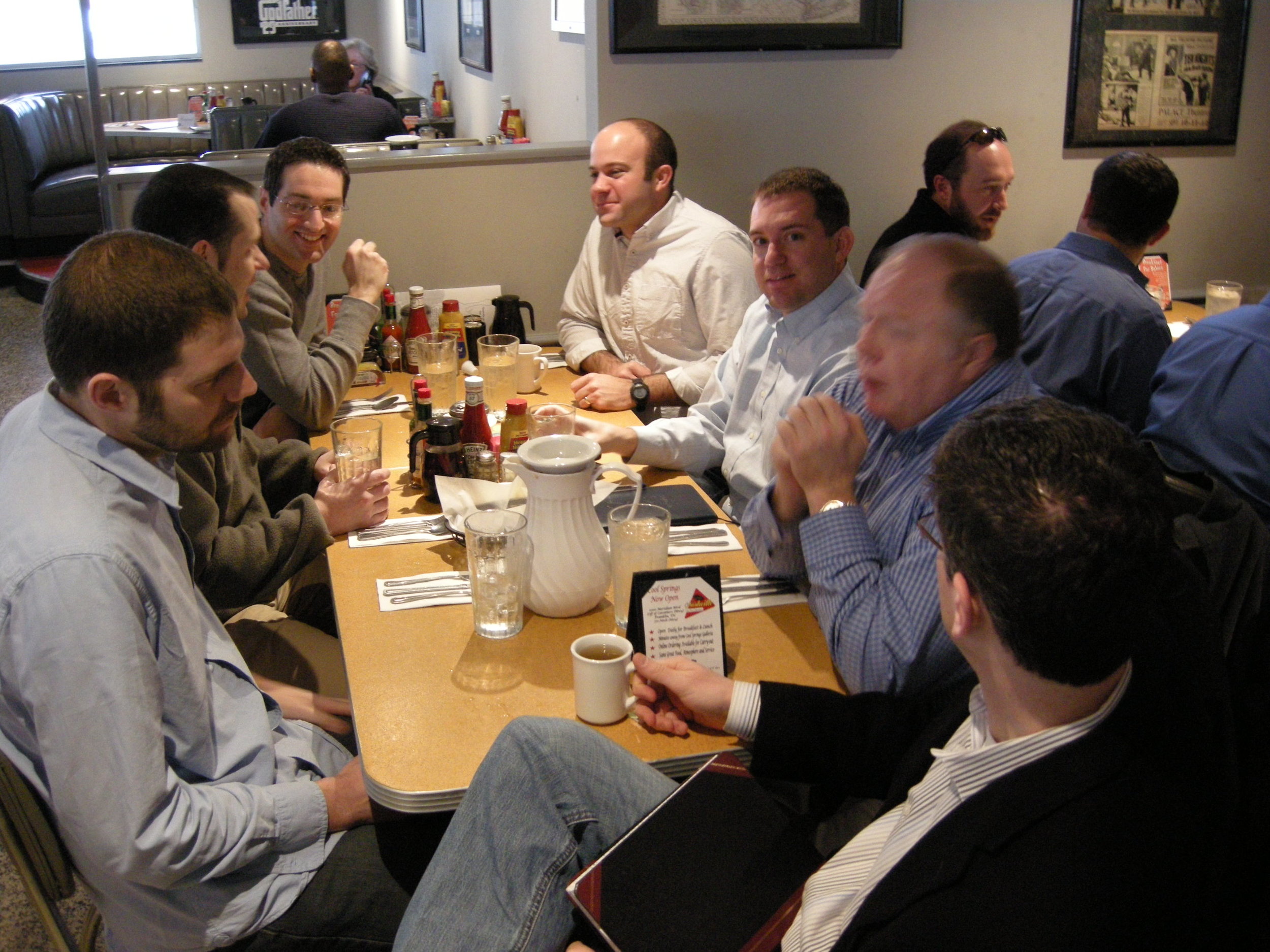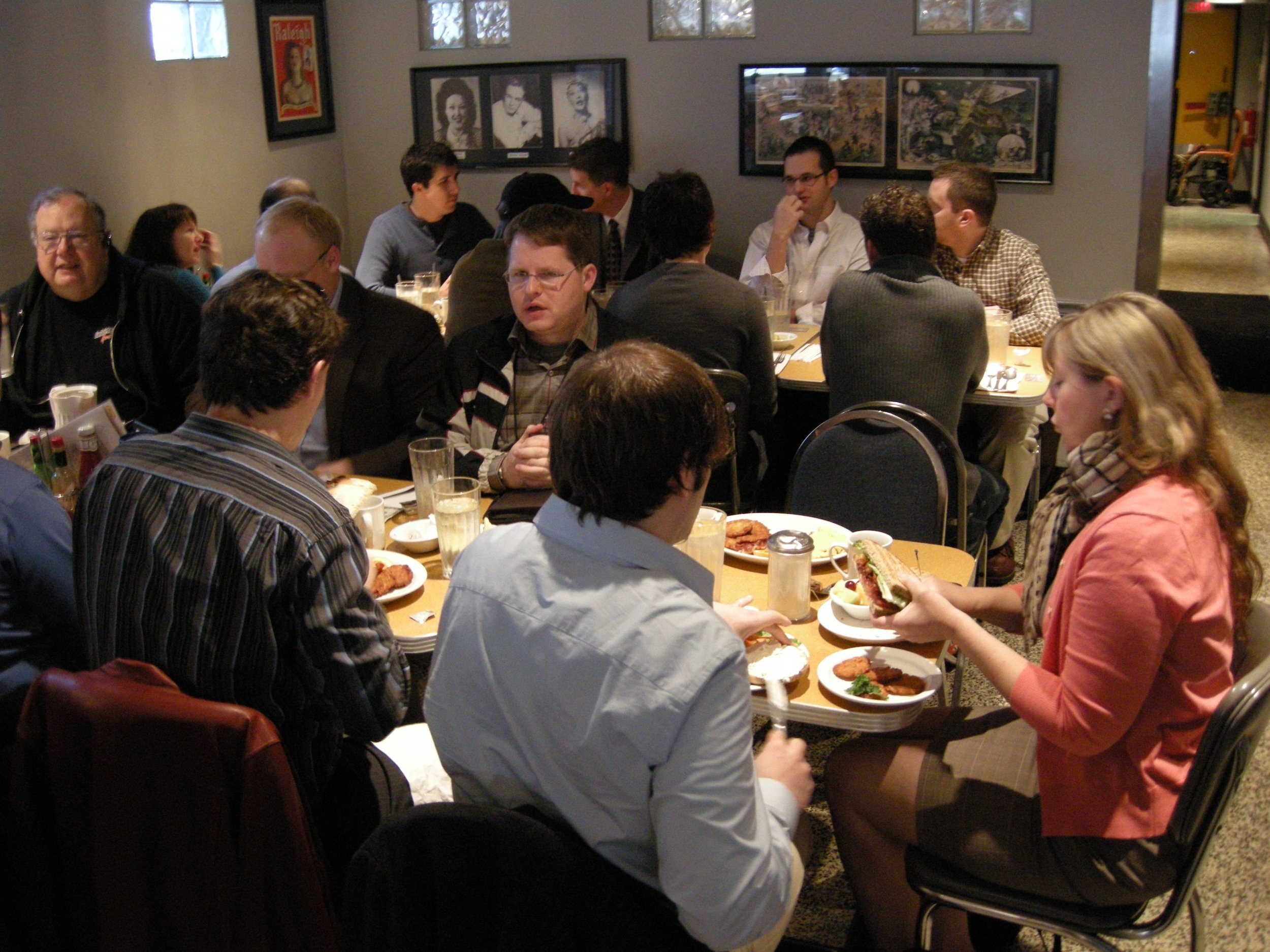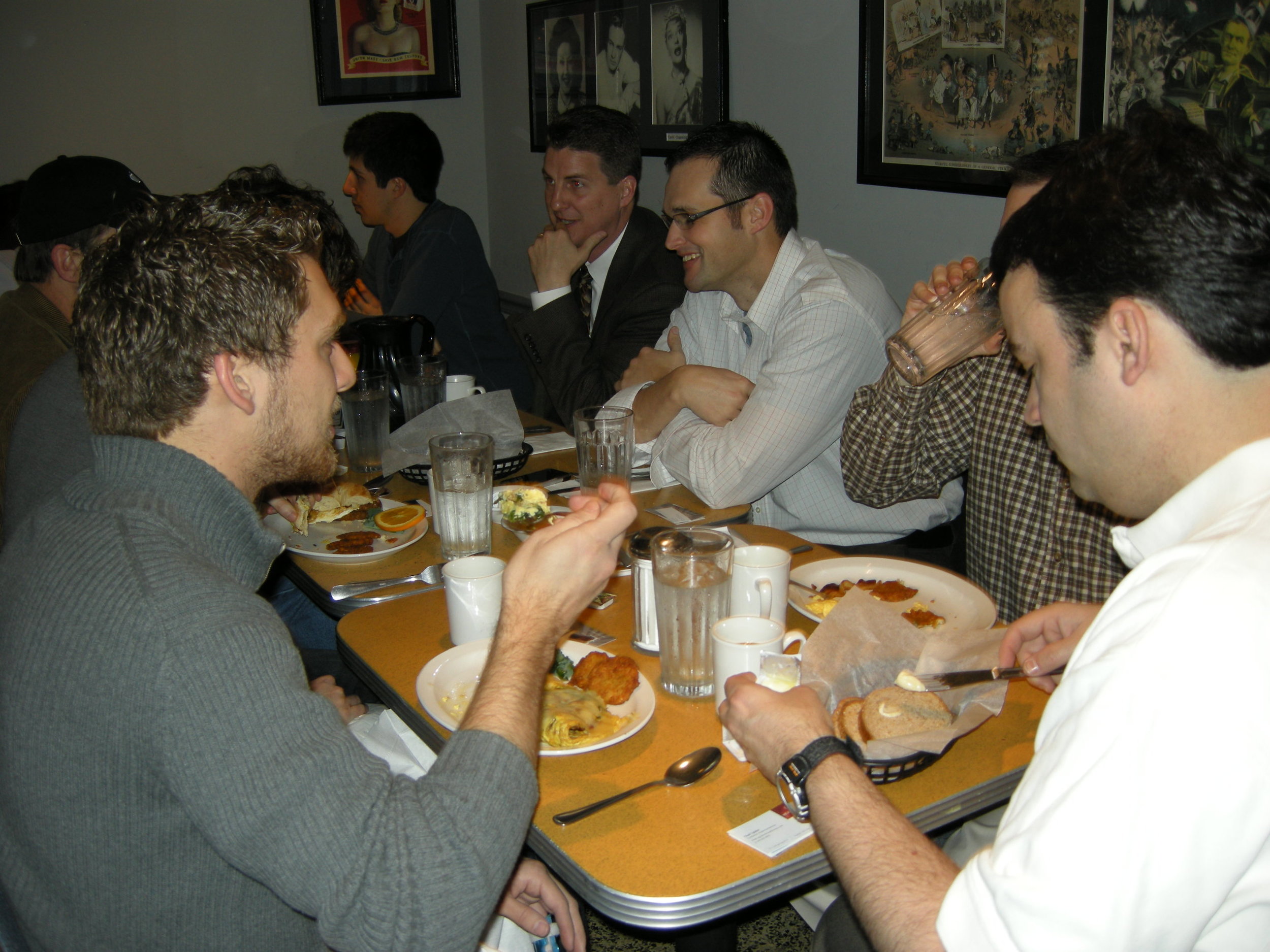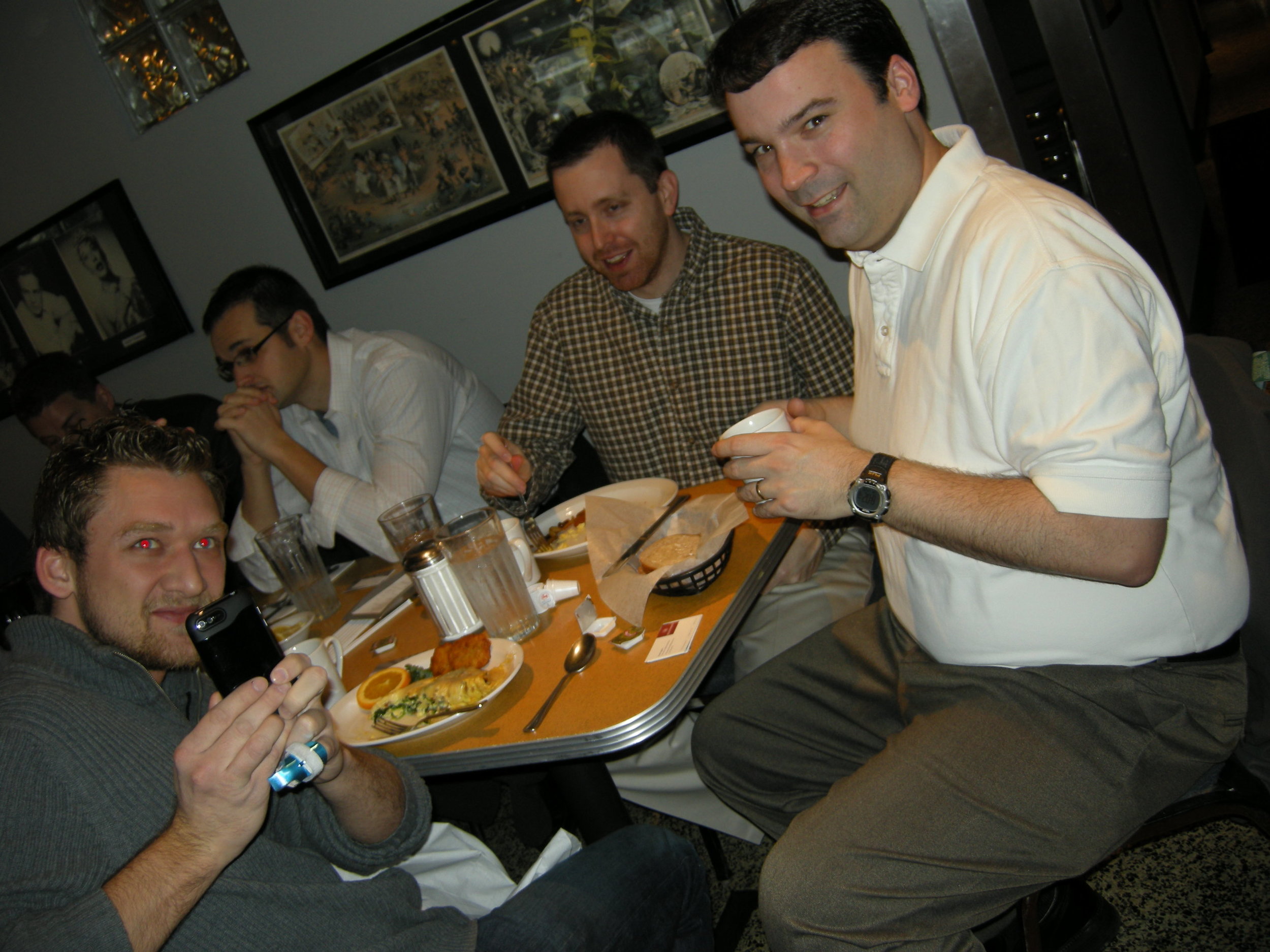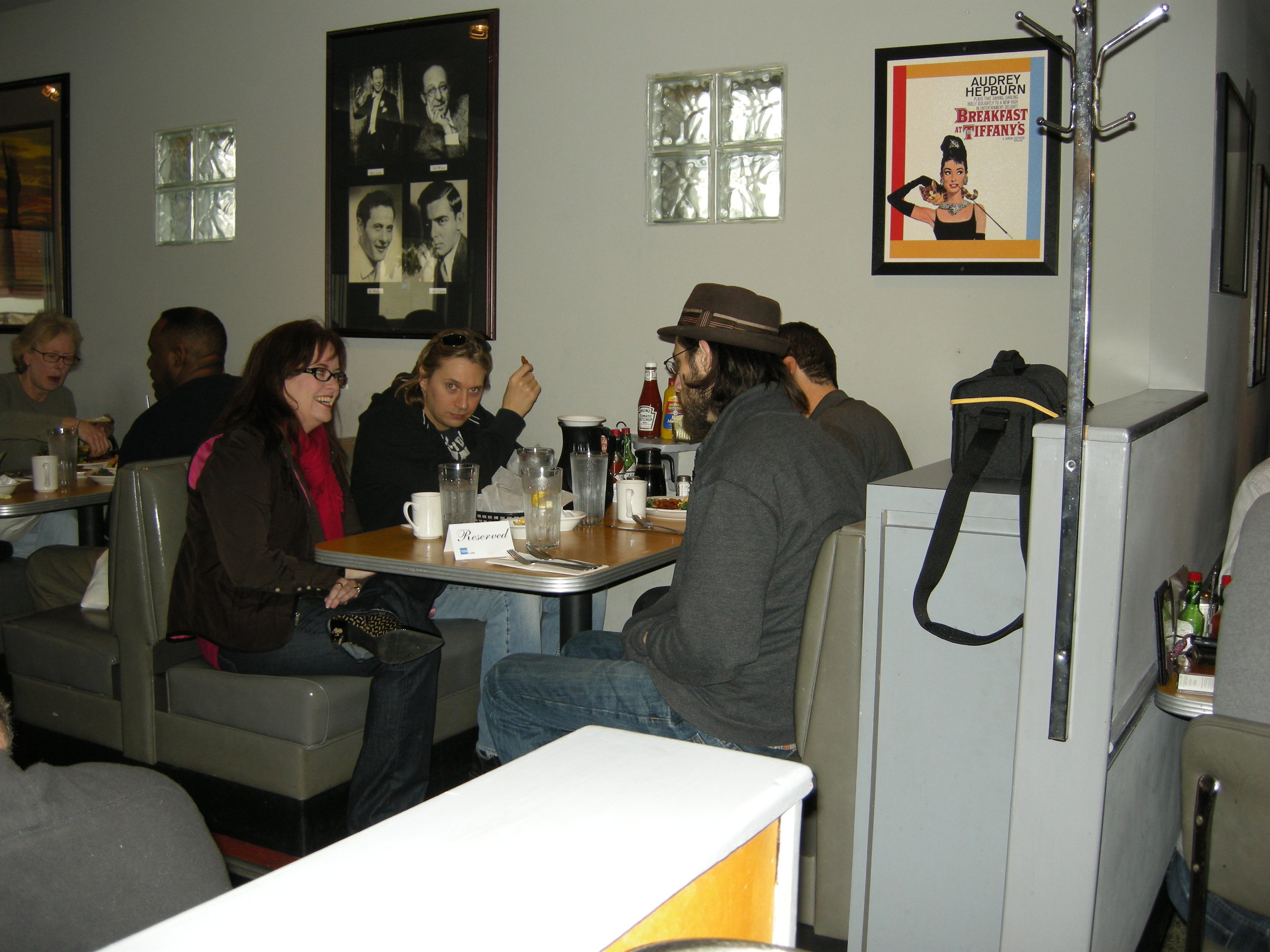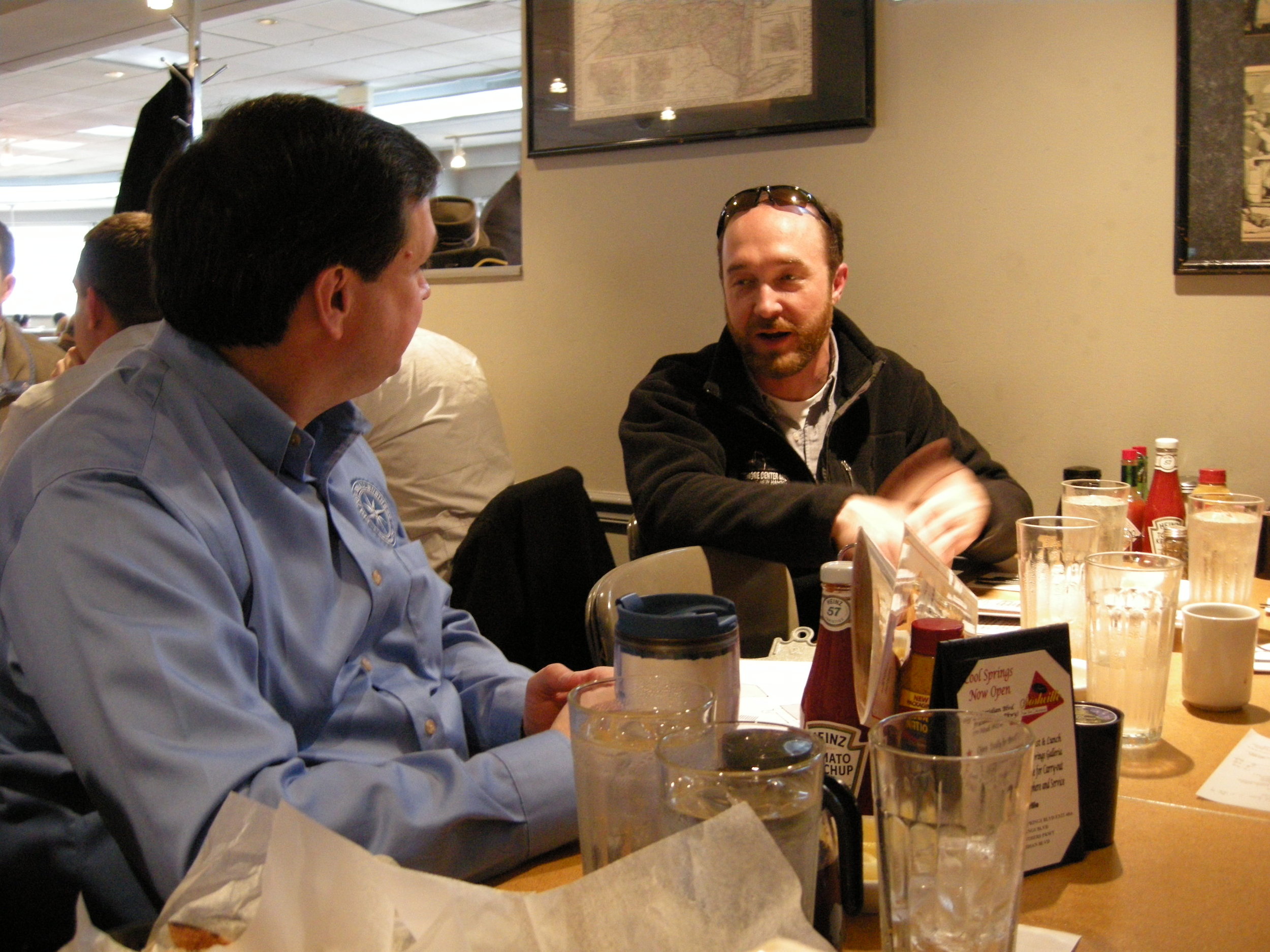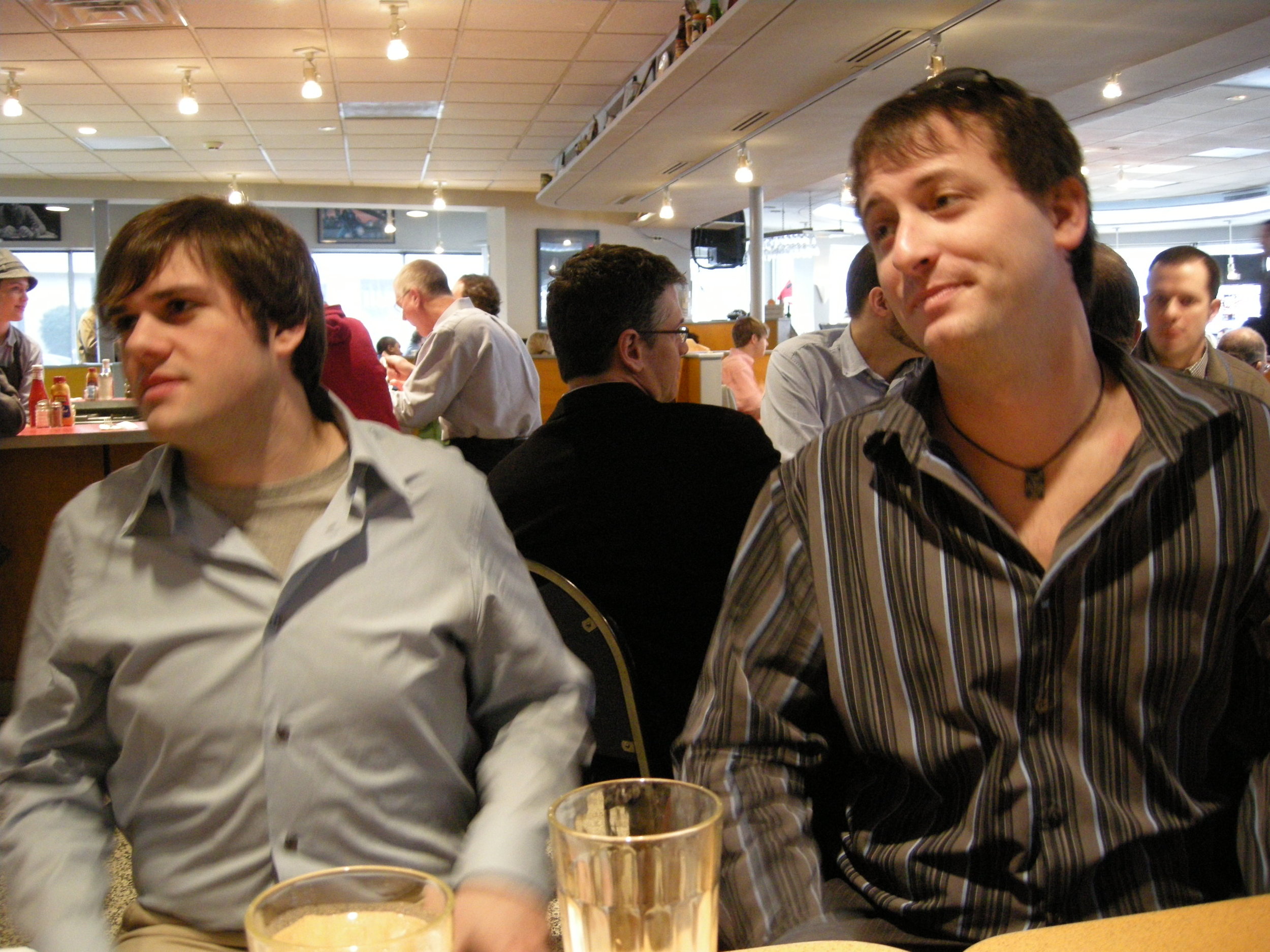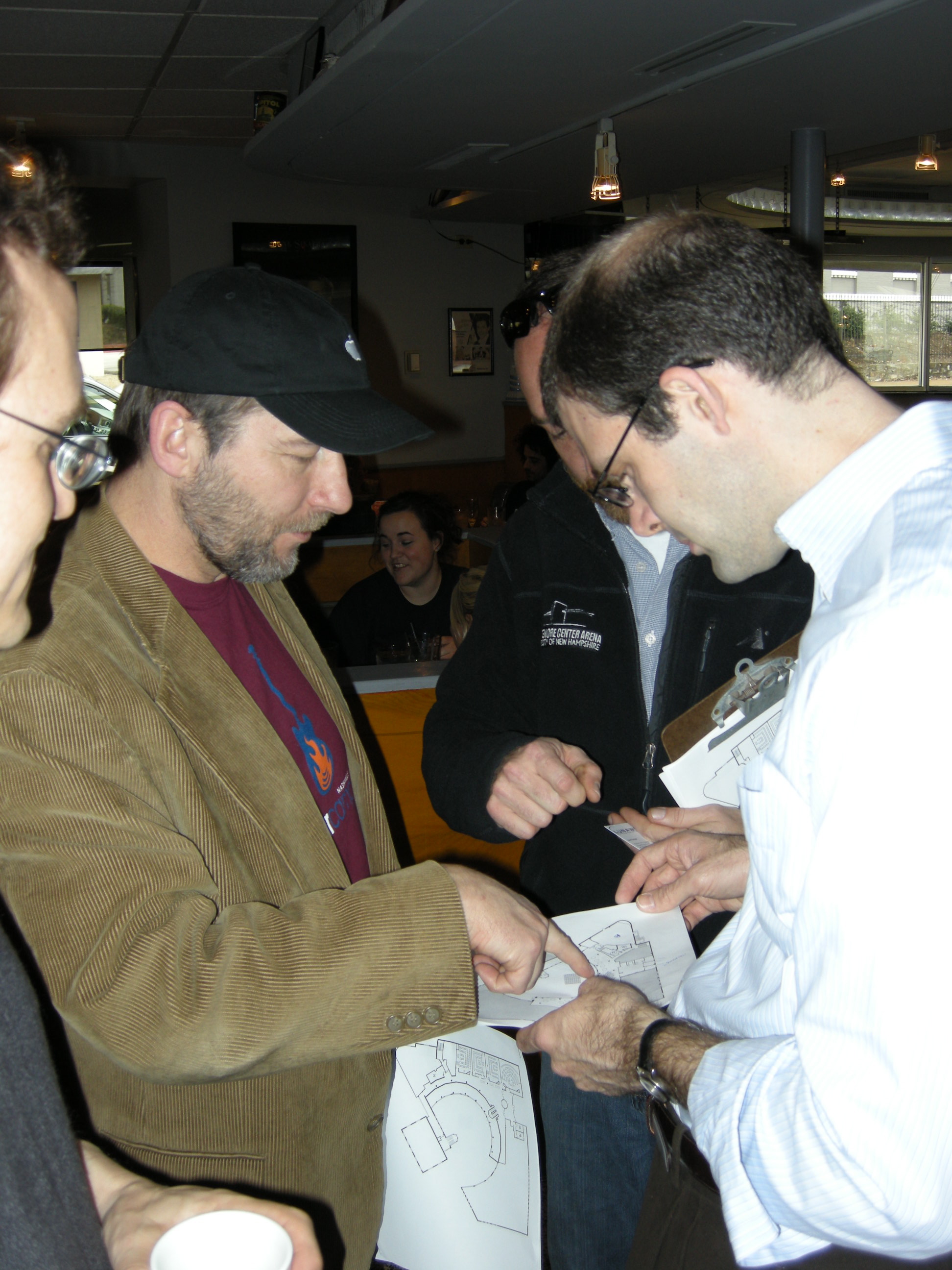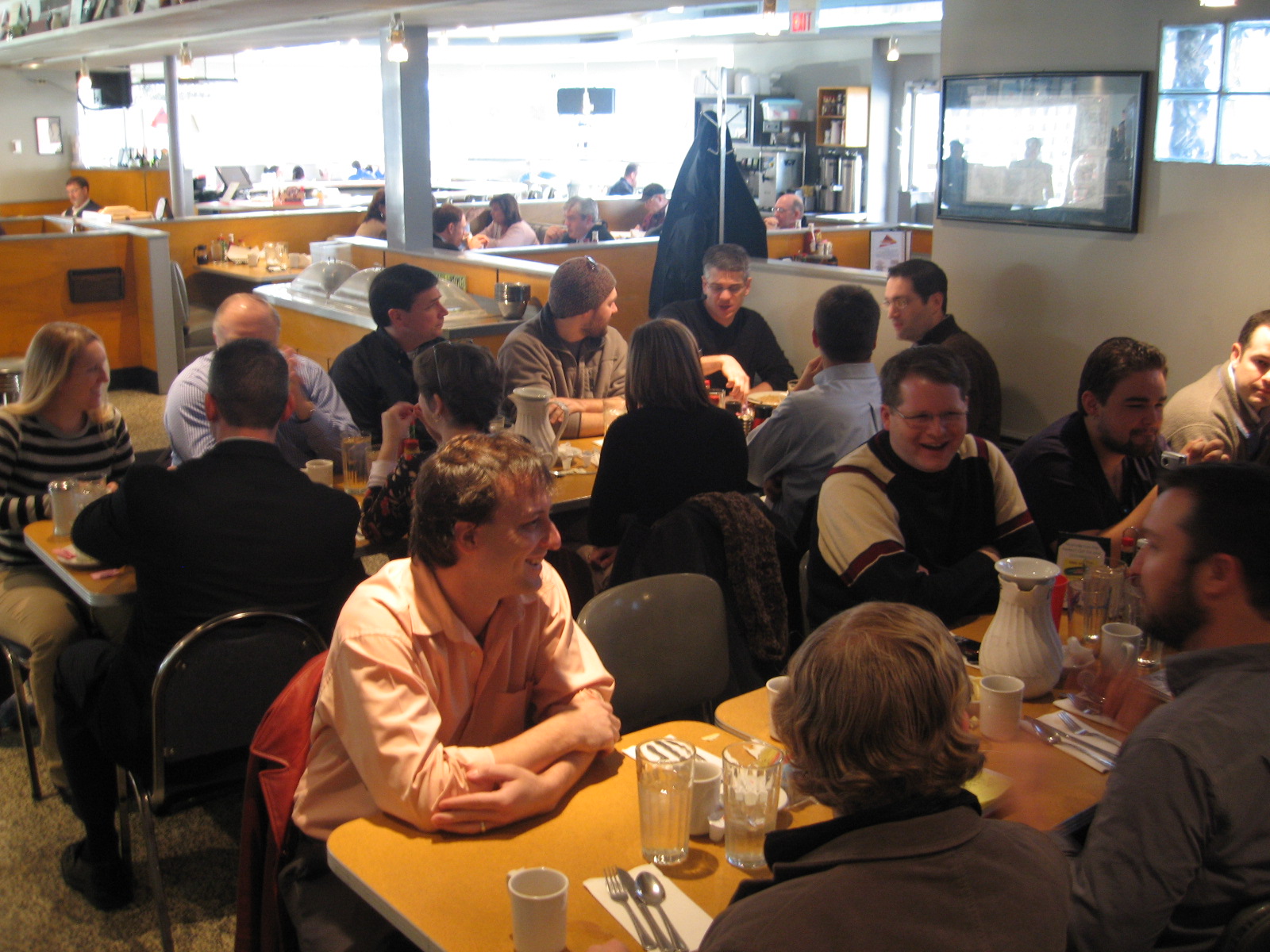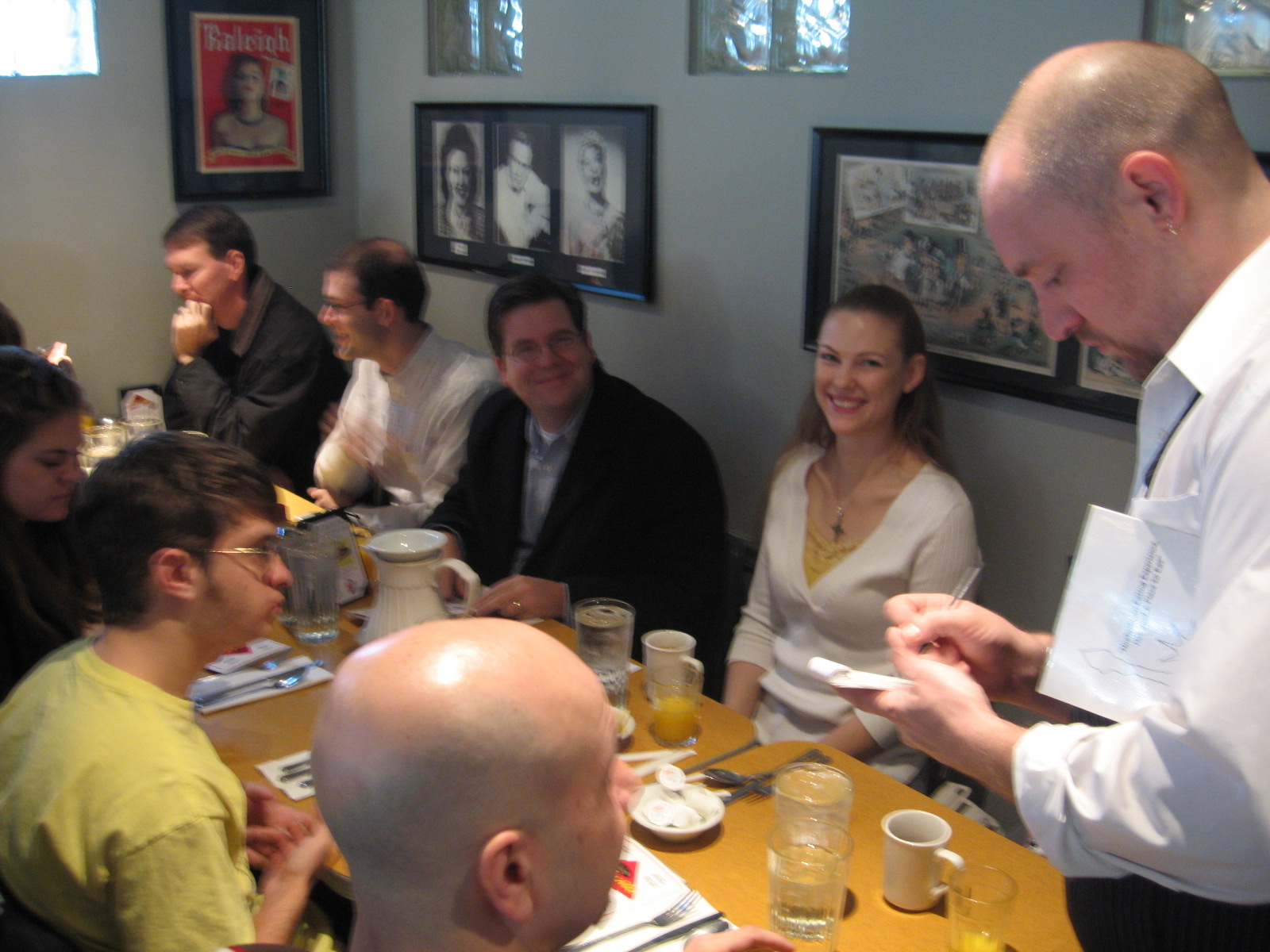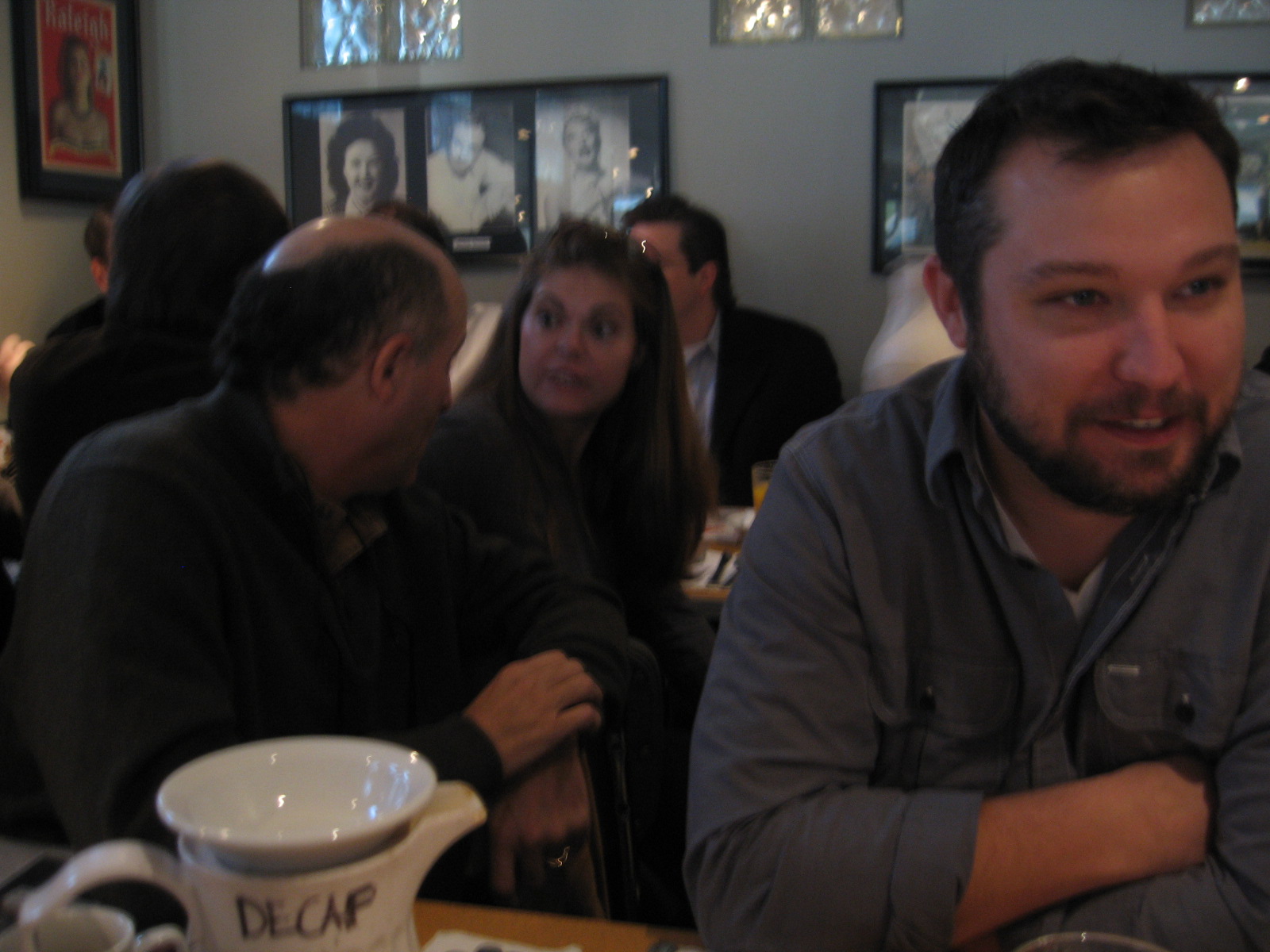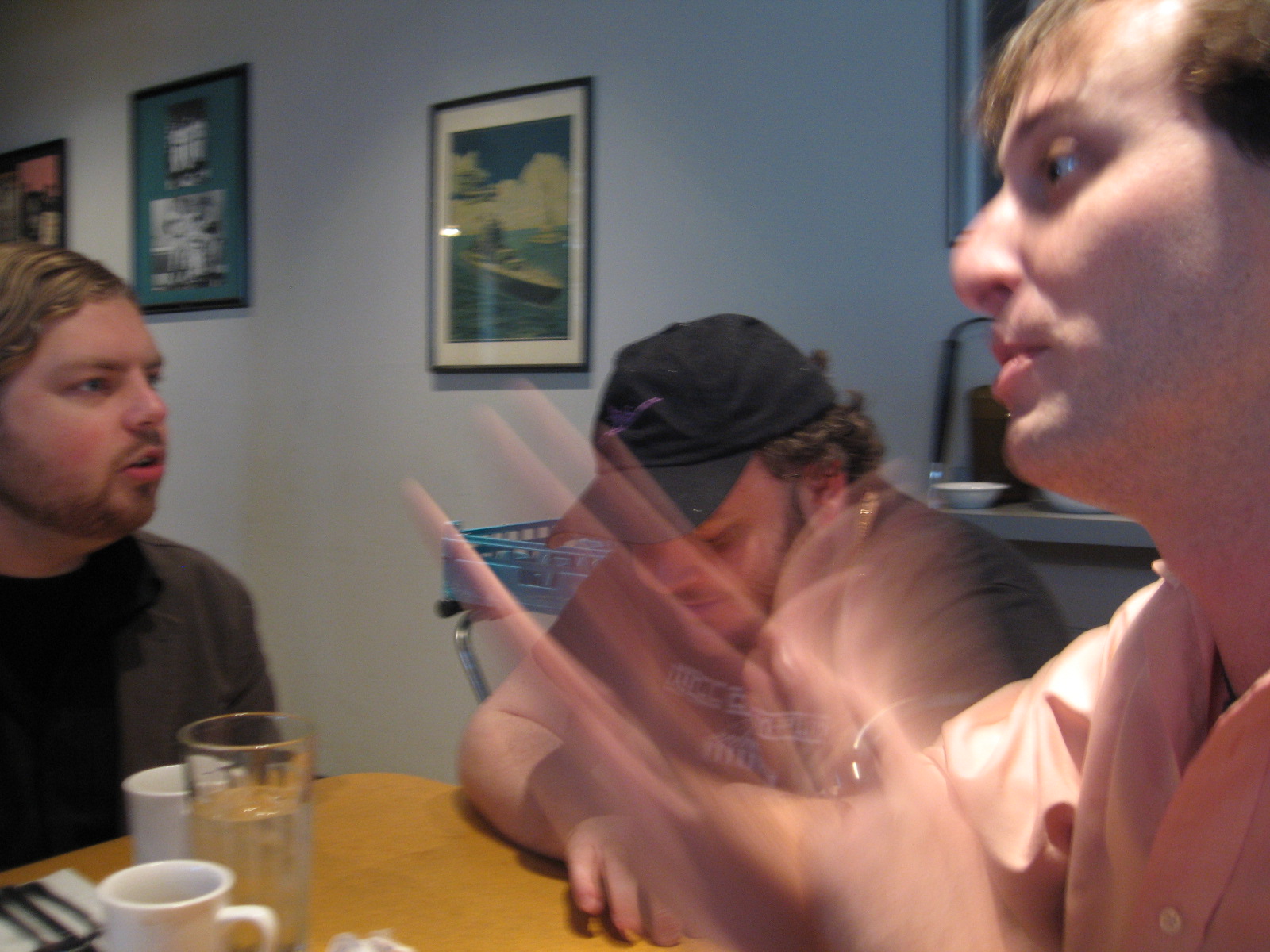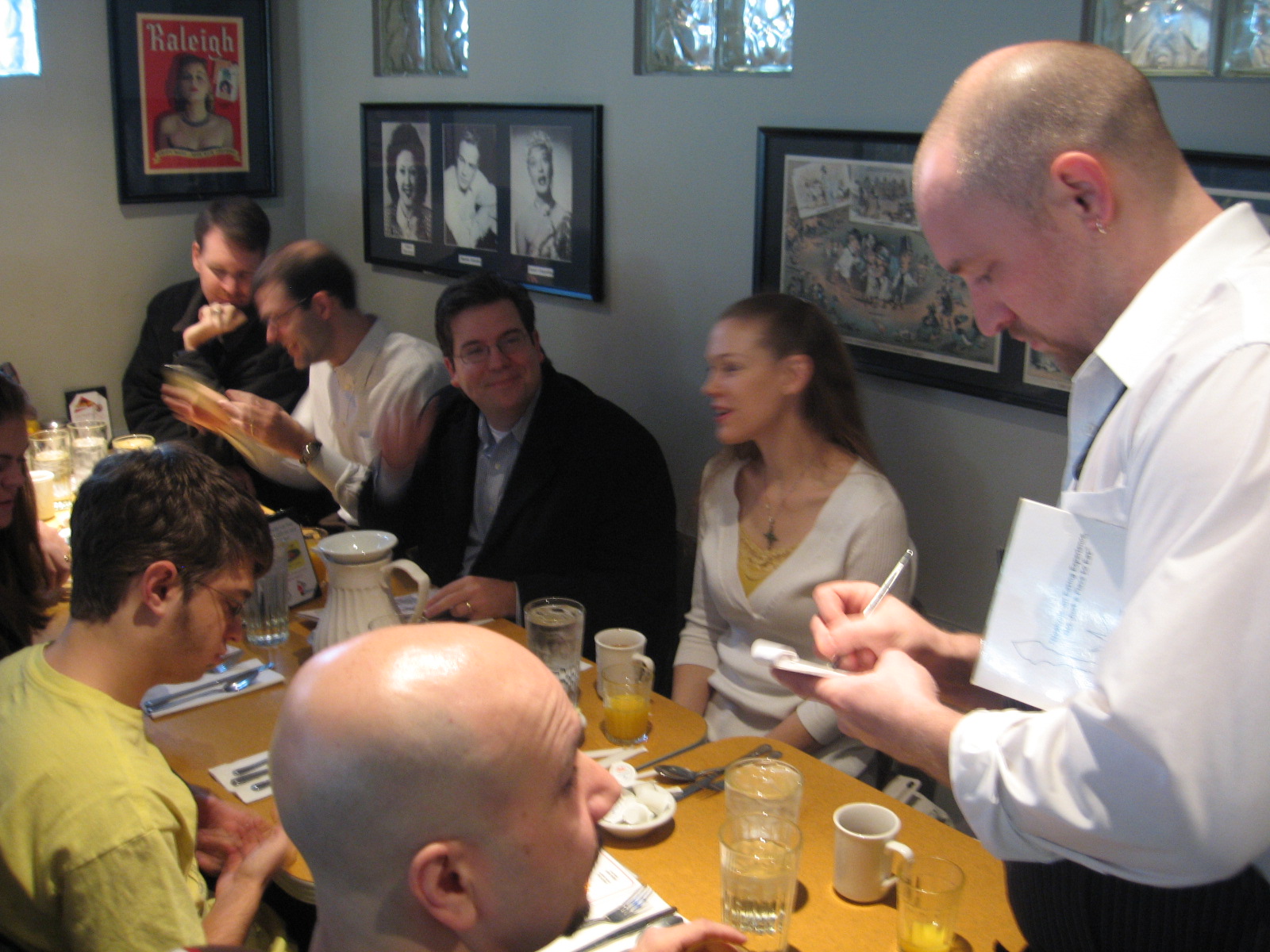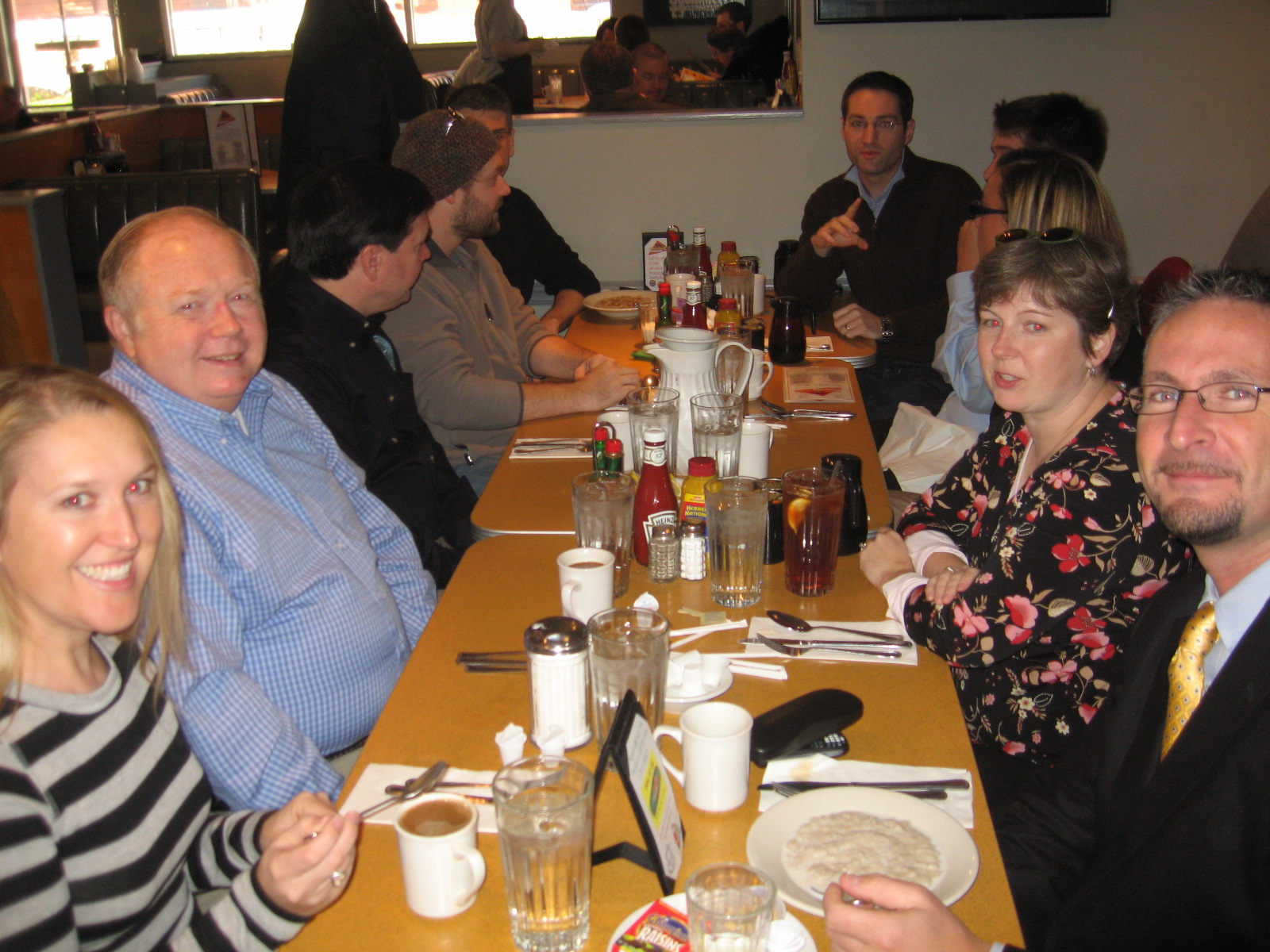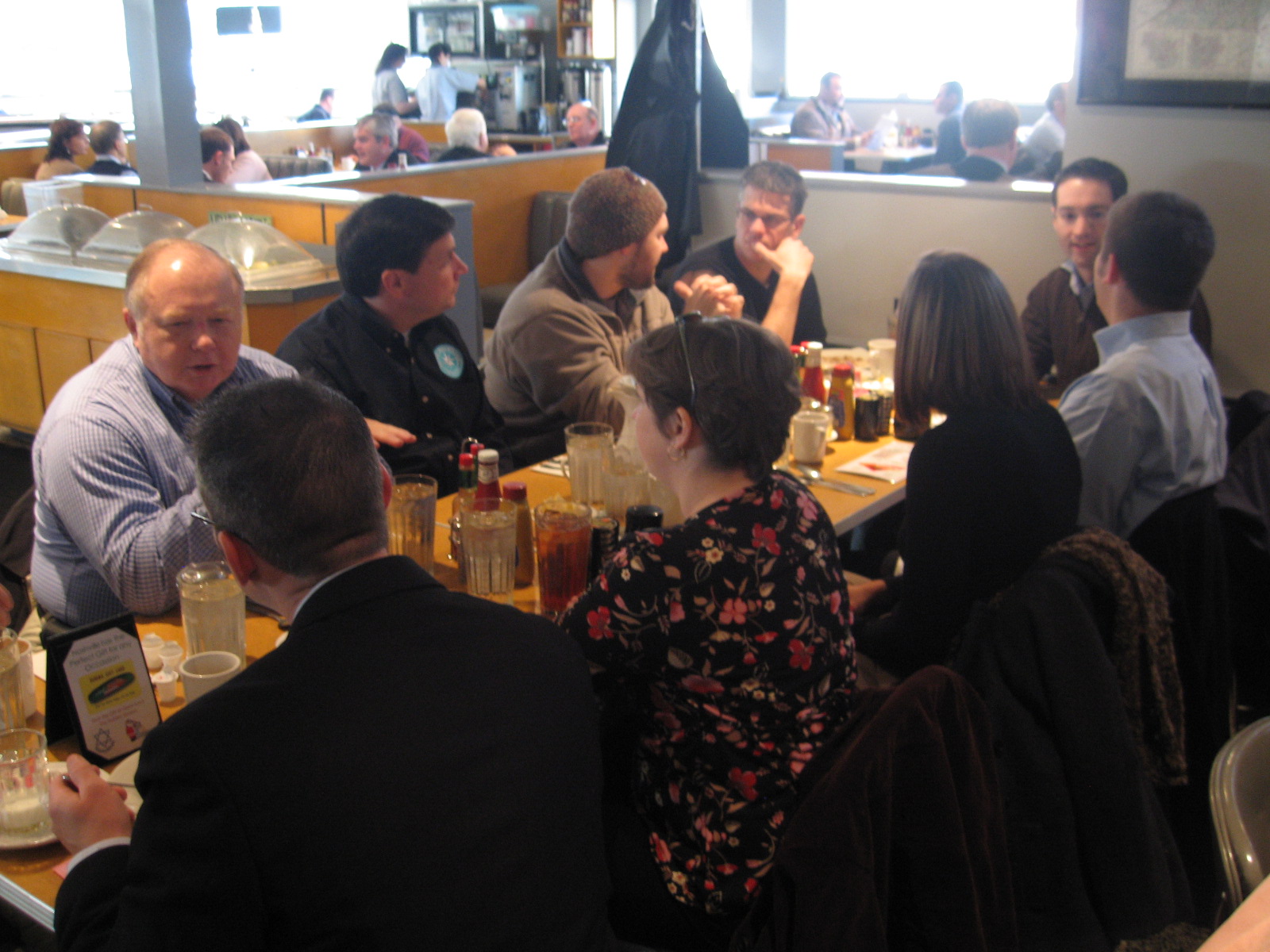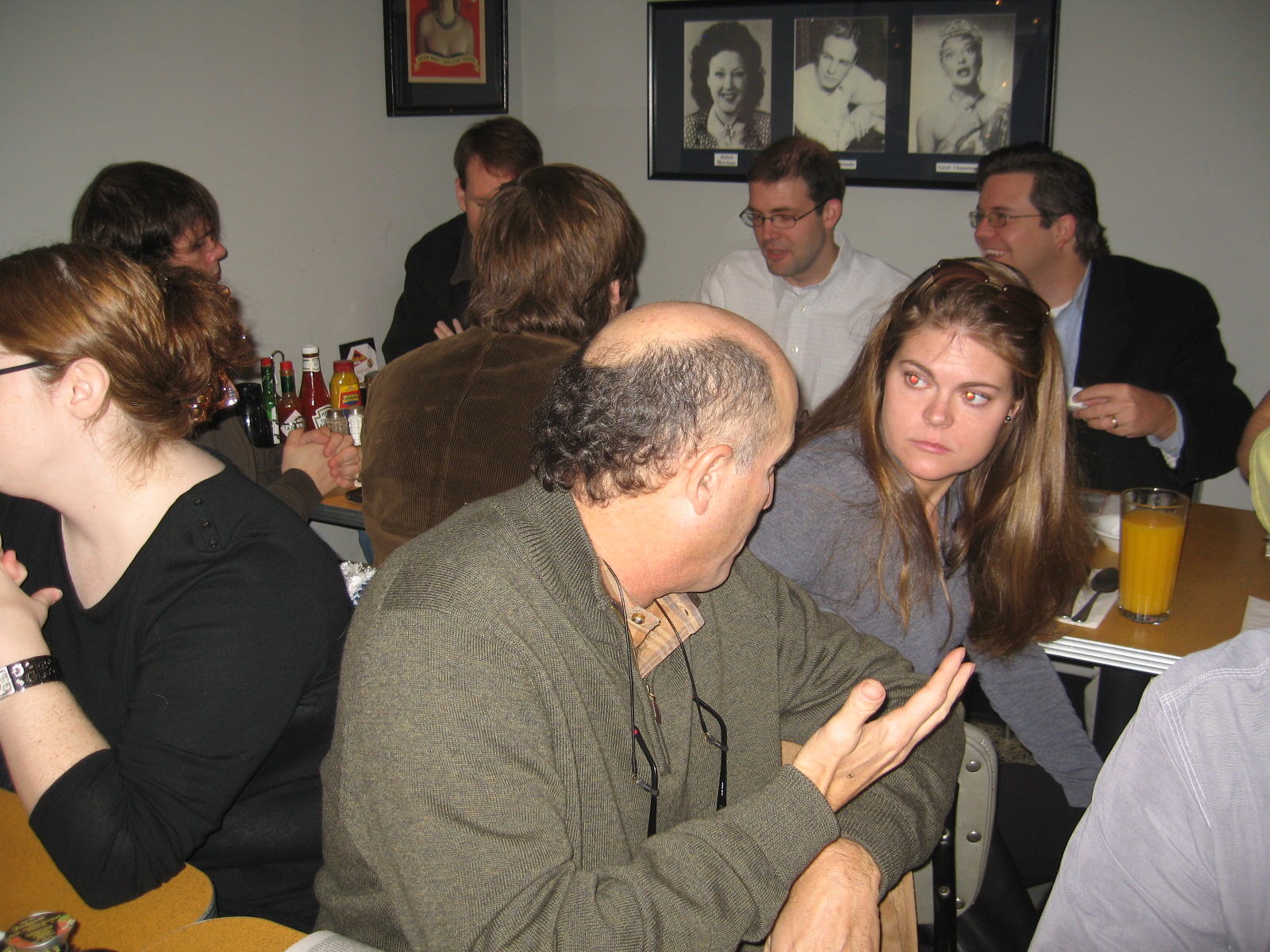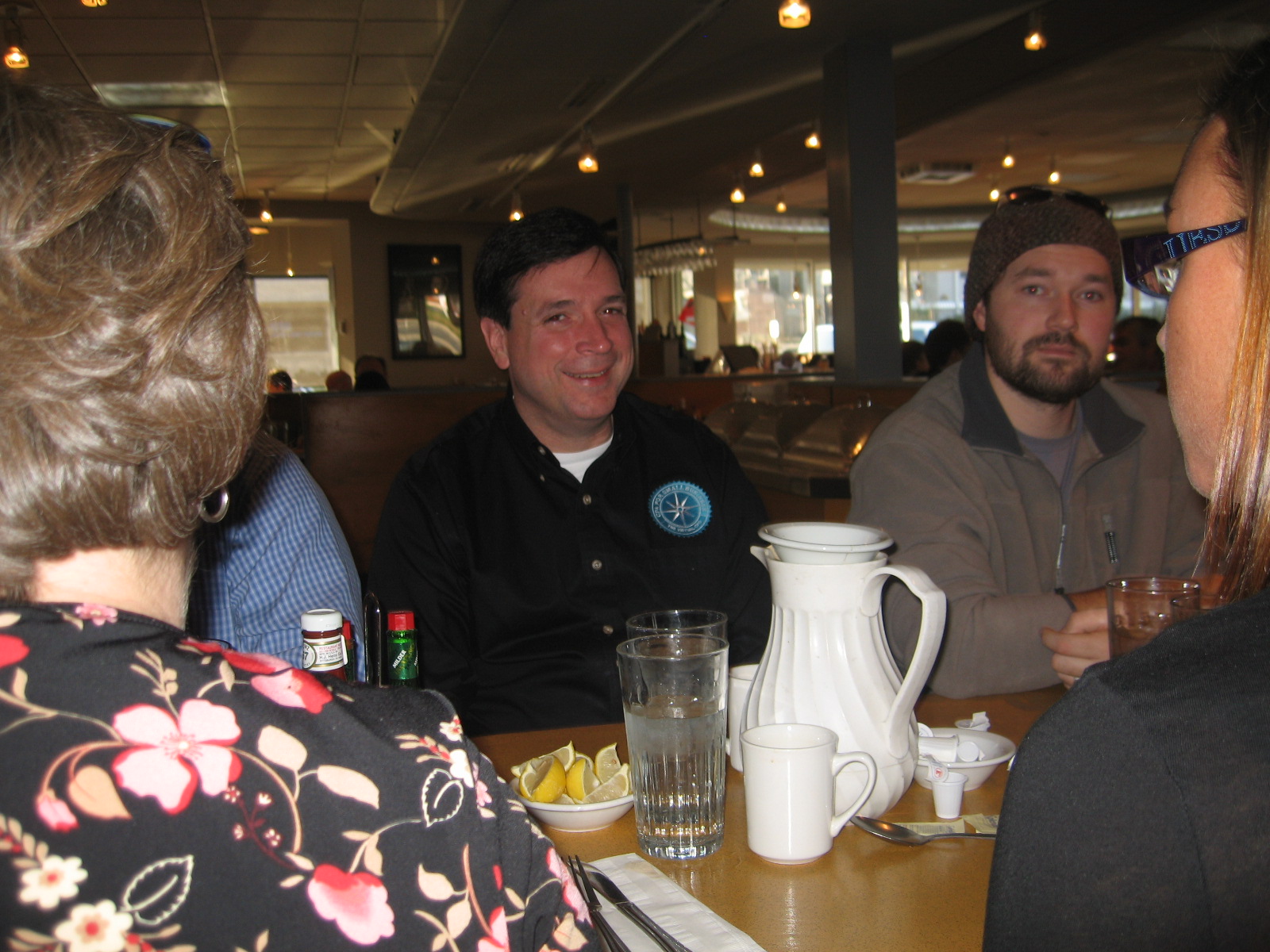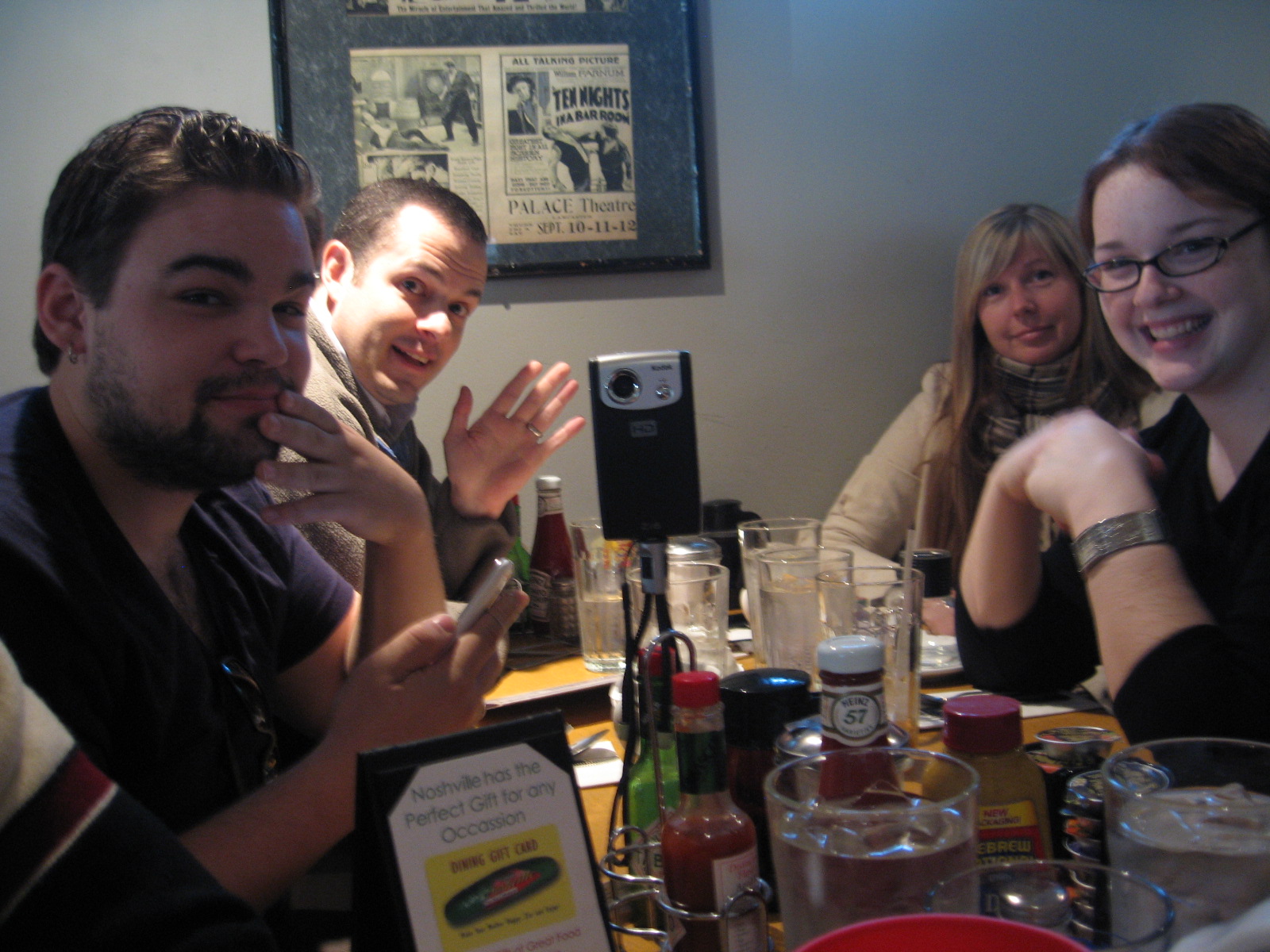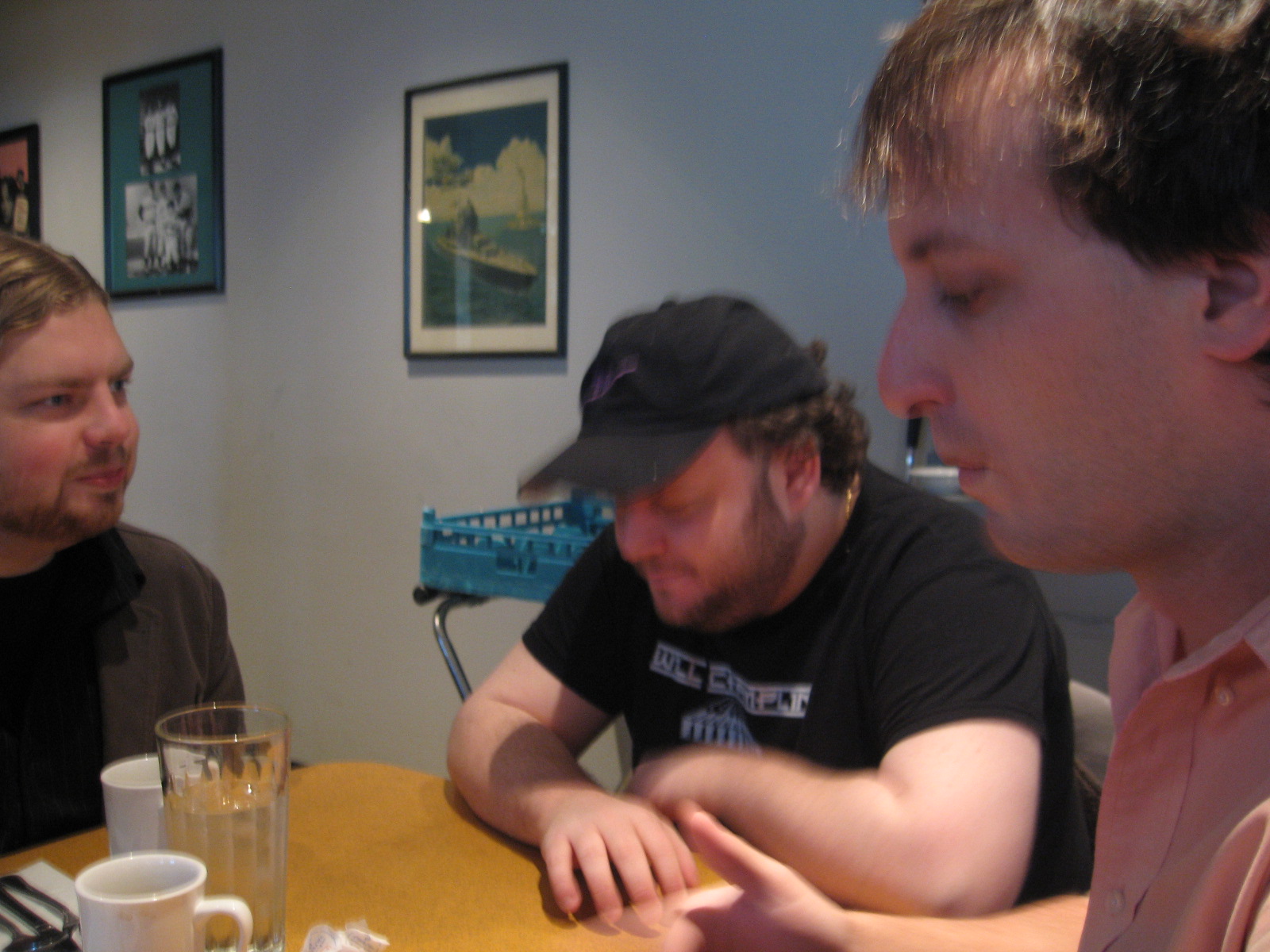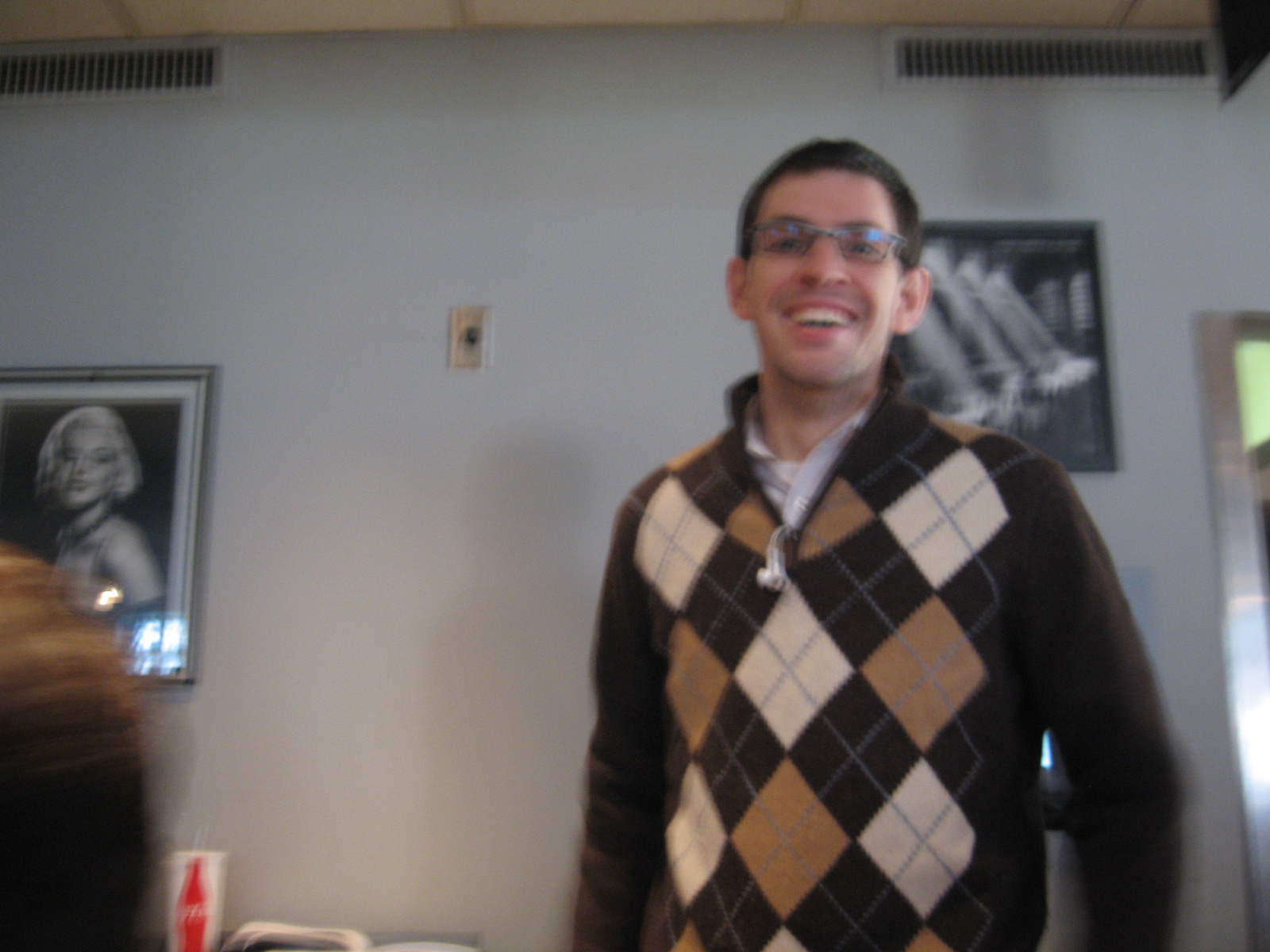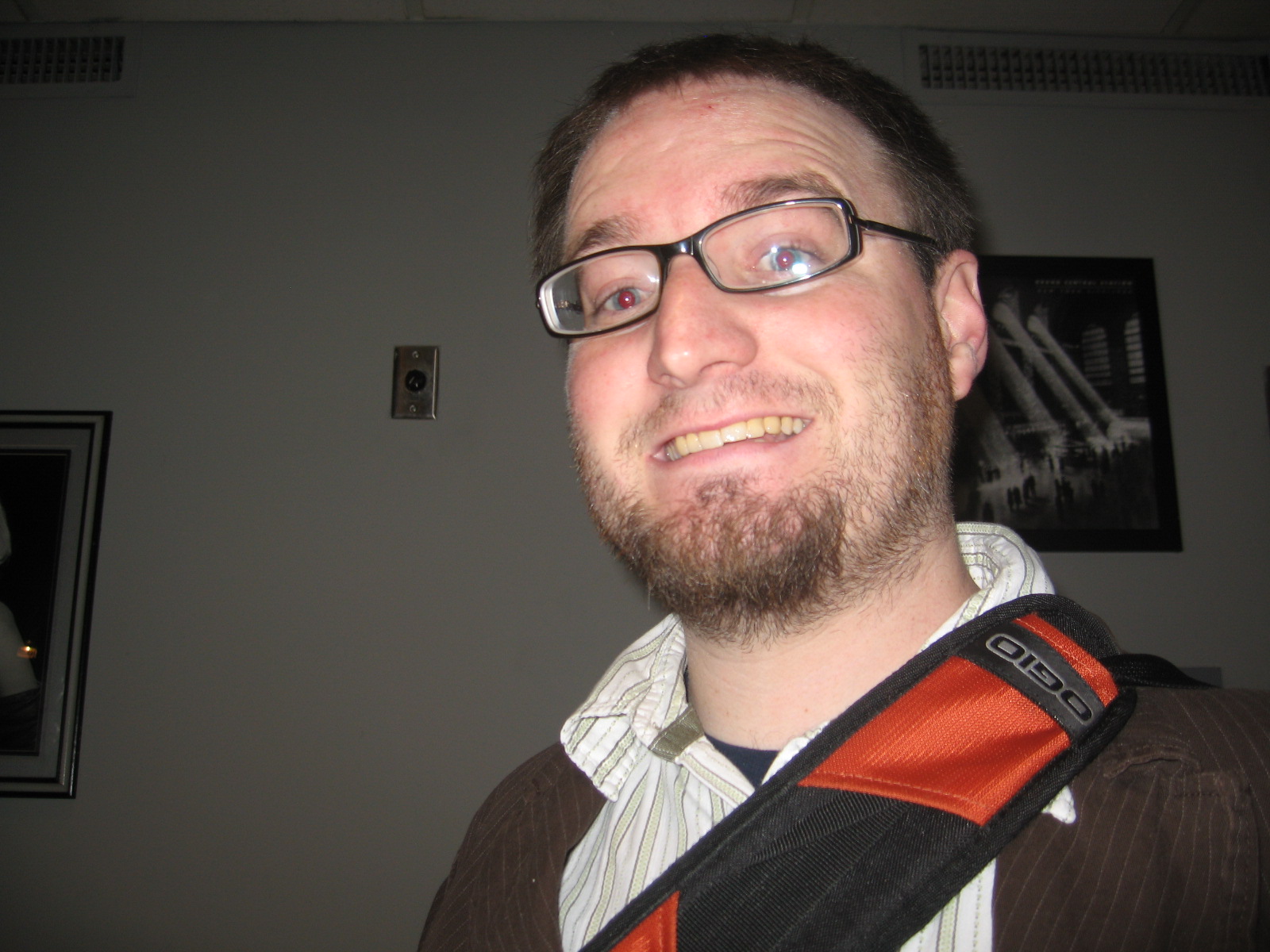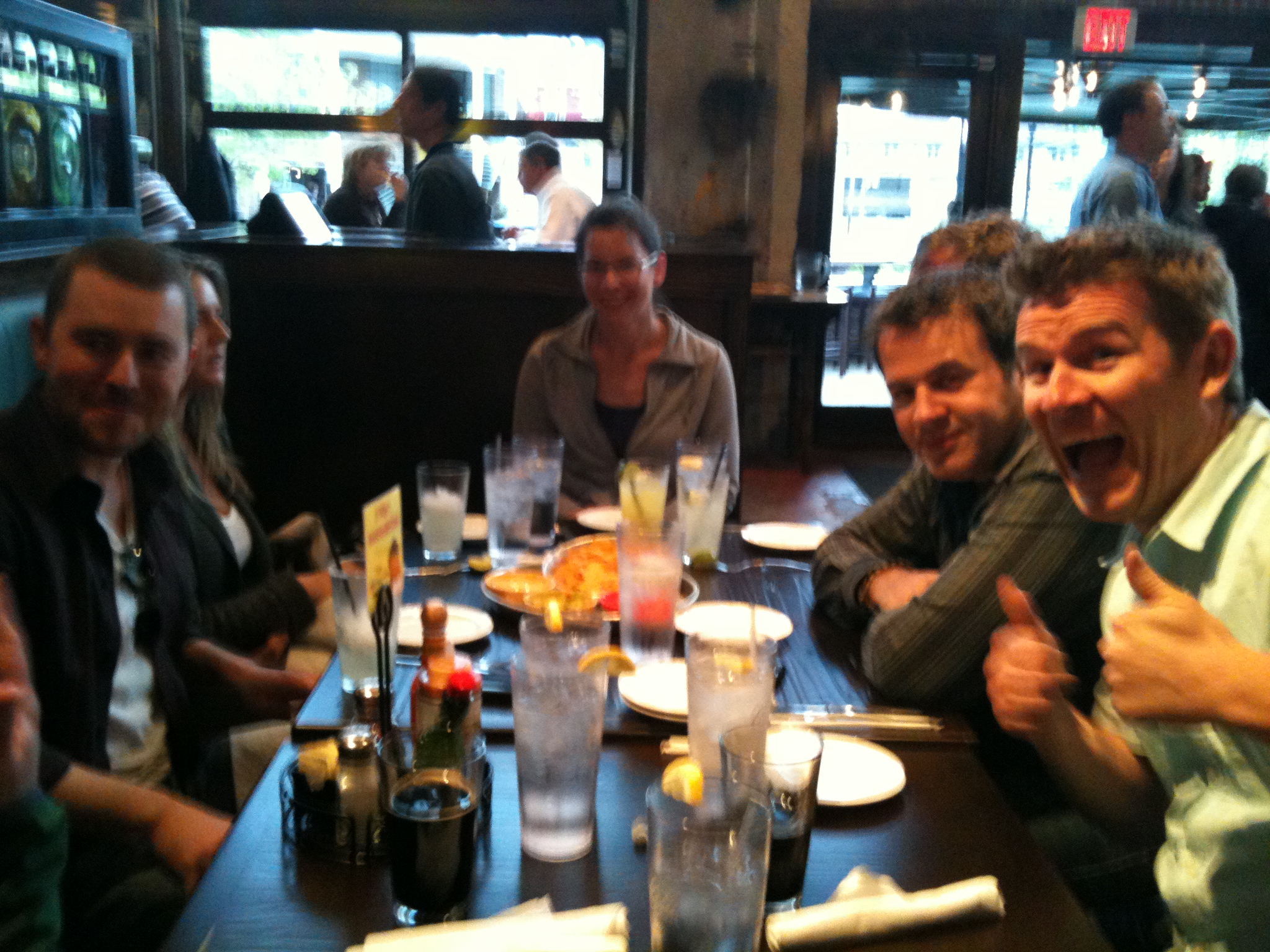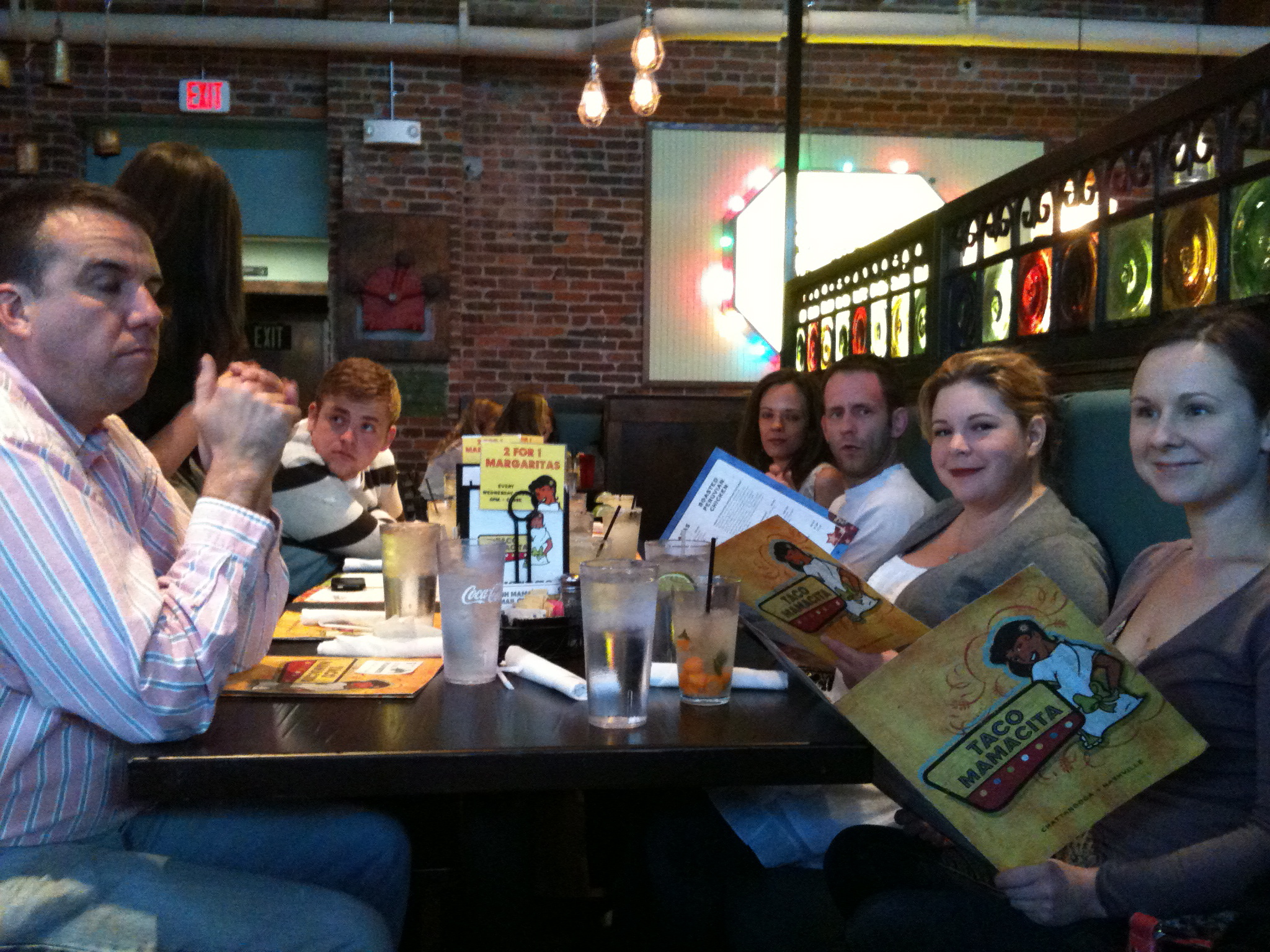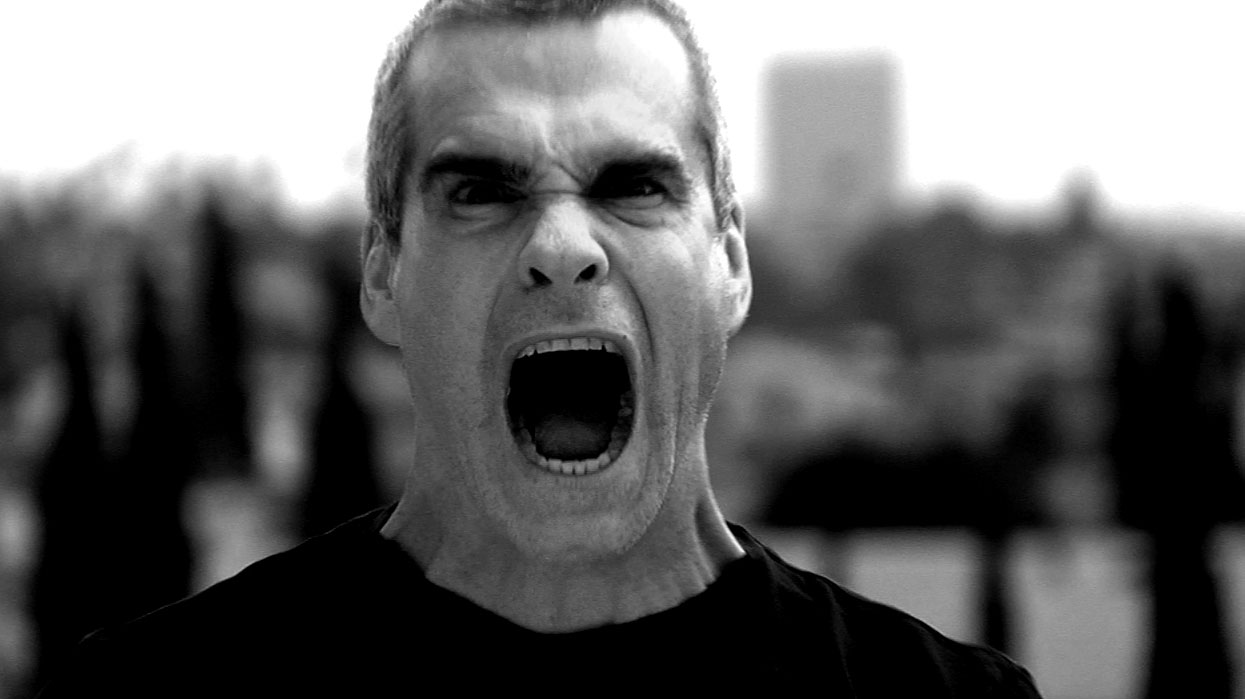Let’s begin by describing empathy in a sentence from Wikipedia. Empathy is the capacity to understand or feel what another person is experiencing from within their frame of reference, that is, the capacity to place oneself in another's position.
This means we need to put aside our differences at work or outside with friends and family. We also need to stop and think about where someone is coming from before replying to their tweet or Facebook post. Perhaps we need not reply at all.
Sympathy vs Empathy
Empathy is often confused with sympathy. Sympathy is a feeling of pity or sorrow. Brené Brown references nursing scholar Theresa Wiseman's four attributes of empathy, which I discovered in Kate Thieda’s excellent article, Brené Brown on Empathy vs. Sympathy.
To be able to see the world as others see it—This requires putting your own "stuff" aside to see the situation through your loved one's eyes.
To be nonjudgmental—Judgement of another person's situation discounts the experience and is an attempt to protect ourselves from the pain of the situation.
To understand another person’s feelings—We have to be in touch with our own feelings in order to understand someone else's. Again, this requires putting your own "stuff" aside to focus on your loved one.
To communicate your understanding of that person’s feelings—Rather than saying, "At least you..." or "It could be worse..." try, "I've been there, and that really hurts," or (to quote an example from Brown), "It sounds like you are in a hard place now. Tell me more about it.”
What are the three types of empathy?
Psychologists Daniel Goleman and Paul Ekman break down the concept of empathy into the following three categories. I encourage you to read Justin Bariso’s full article, Here's How They Differ--and How You Can Develop Them All.
Cognitive empathy is the ability to understand how a person feels and what they might be thinking. Cognitive empathy makes us better communicators, because it helps us relay information in a way that best reaches the other person.
Emotional empathy (also known as affective empathy) is the ability to share the feelings of another person. Some have described it as "your pain in my heart." This type of empathy helps you build emotional connections with others.
Compassionate empathy (also known as empathic concern) goes beyond simply understanding others and sharing their feelings: it actually moves us to take action, to help however we can.
Be nice by practicing empathy
Want to be nicer? Consider what the person is going through. Put yourself in their shoes. Actively listen to what they are telling you. Connect what they are going through to something that has happened to you (keep this to yourself). Then take action by offering to help them with something specific. What can you do or offer to help?
Did you know a two-sided ball teach us about empathy?
Photo by Annie Spratt on Unsplash.
















